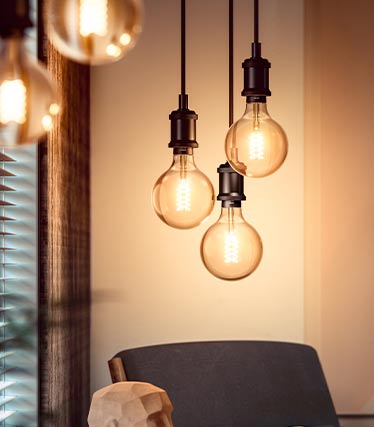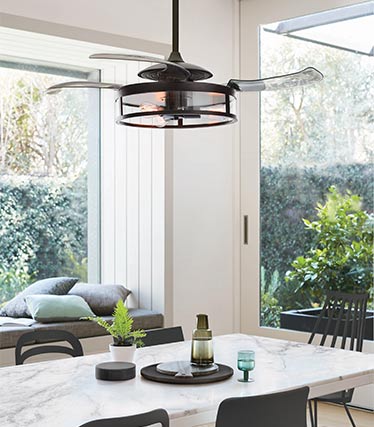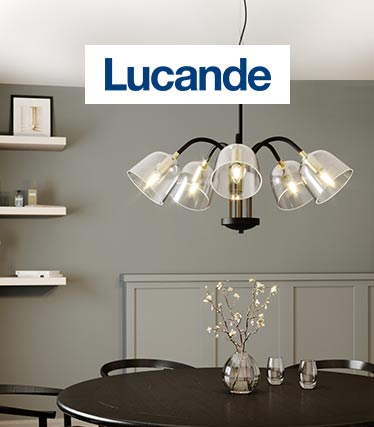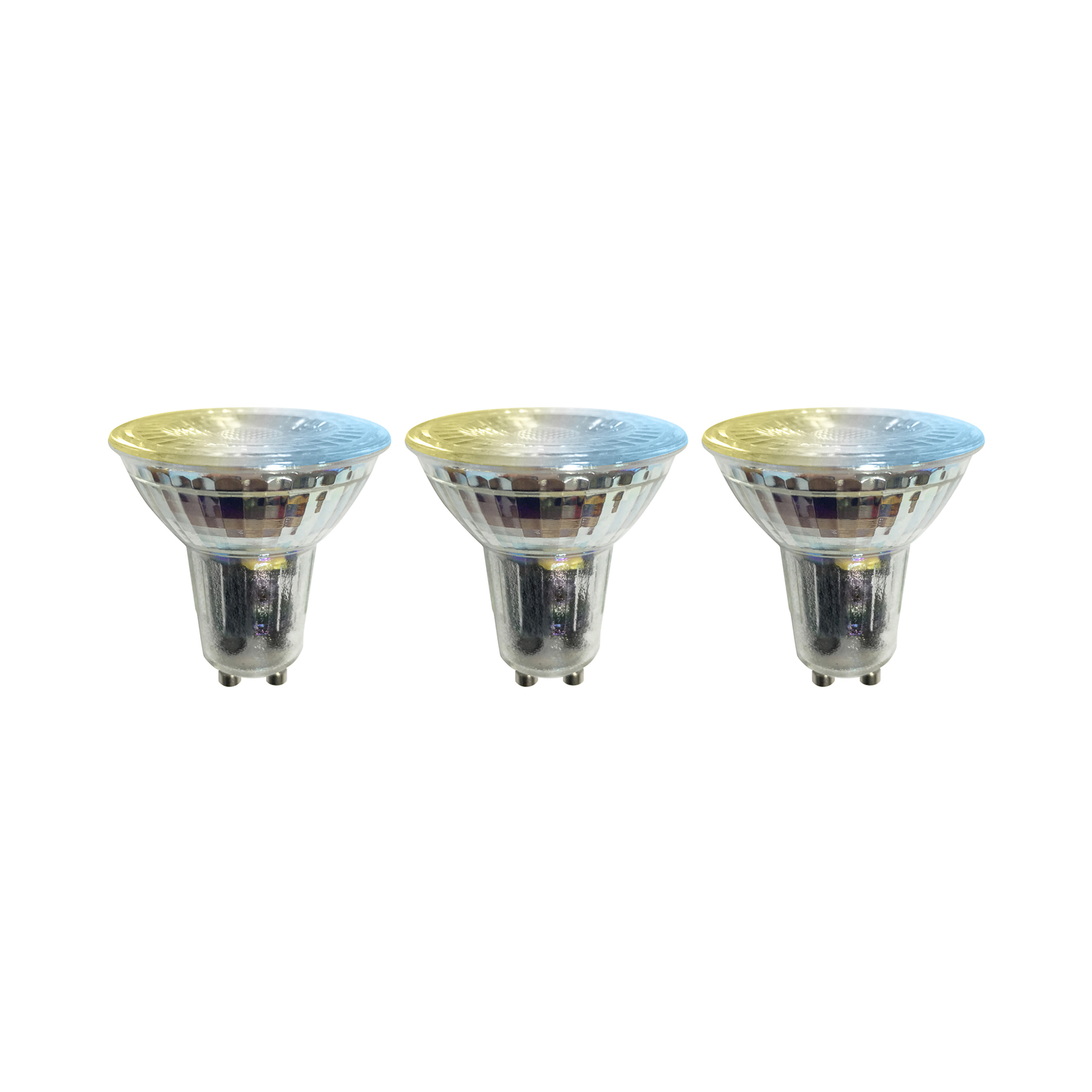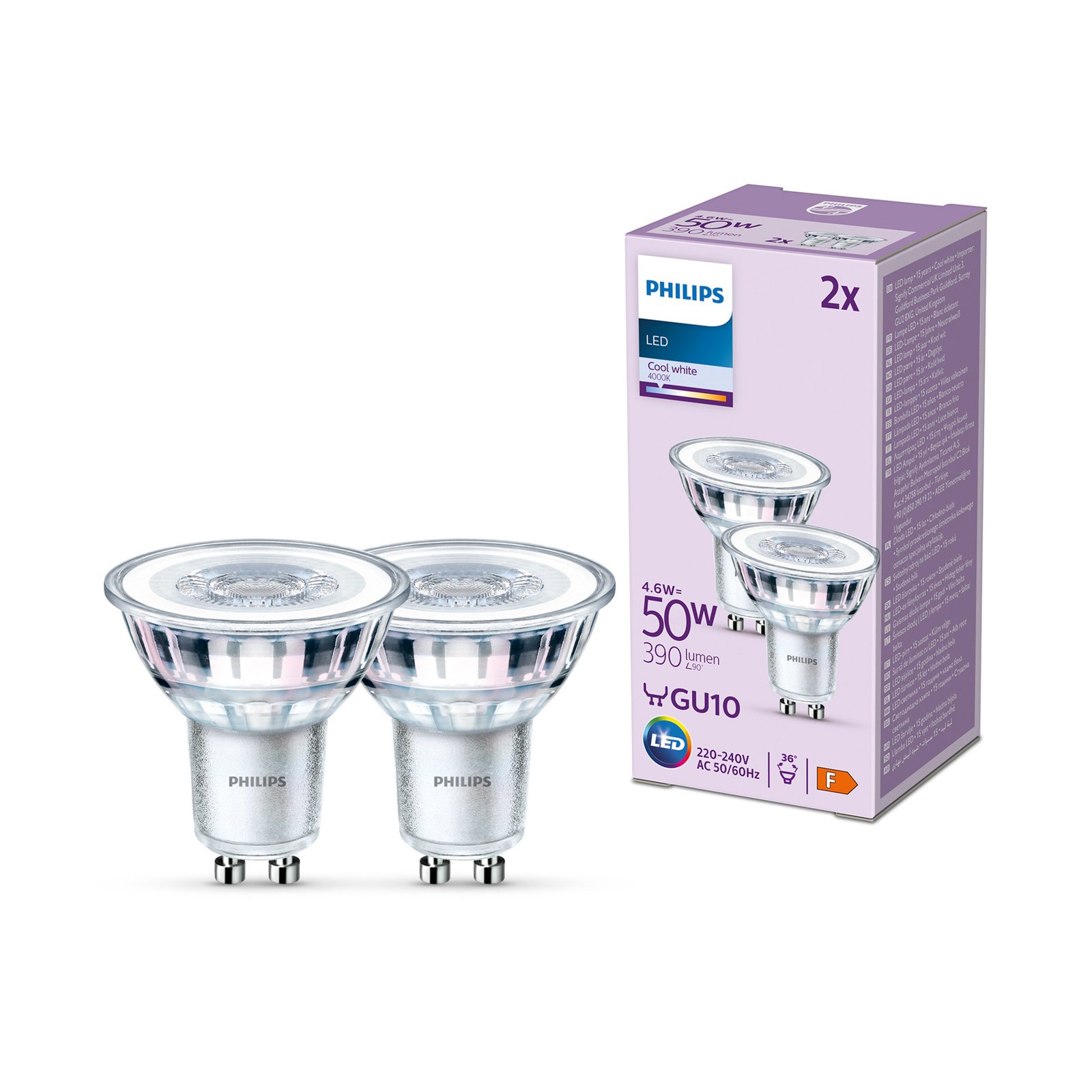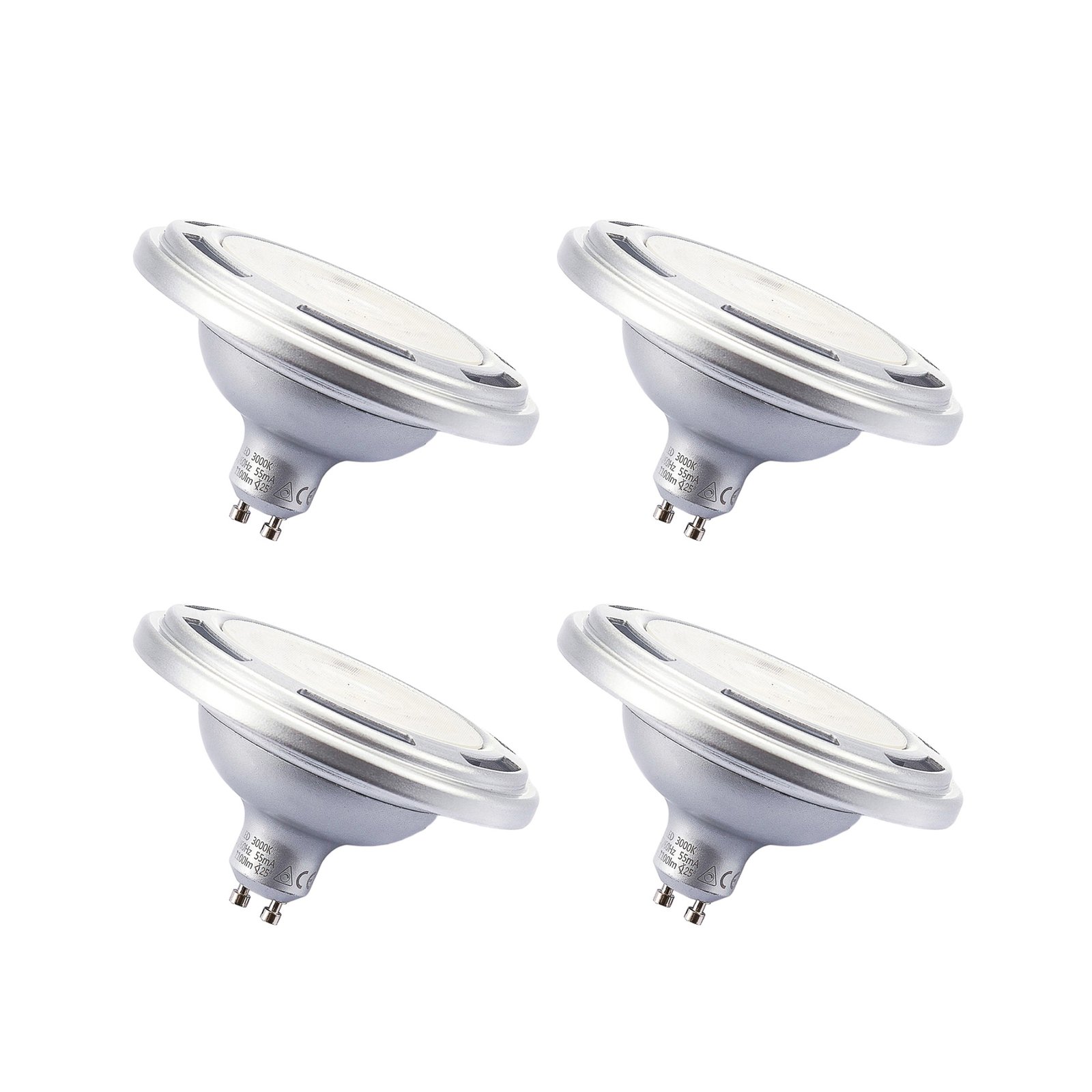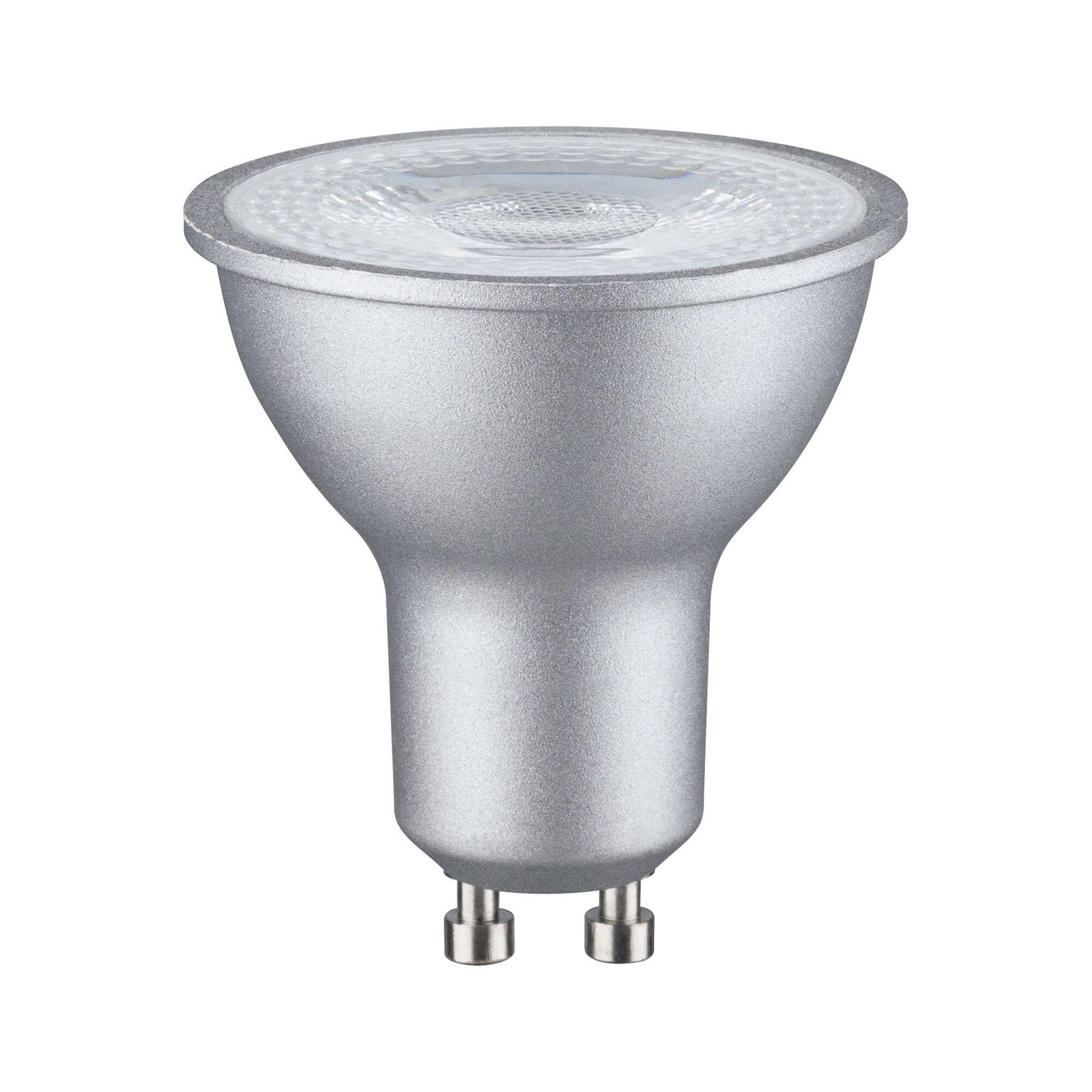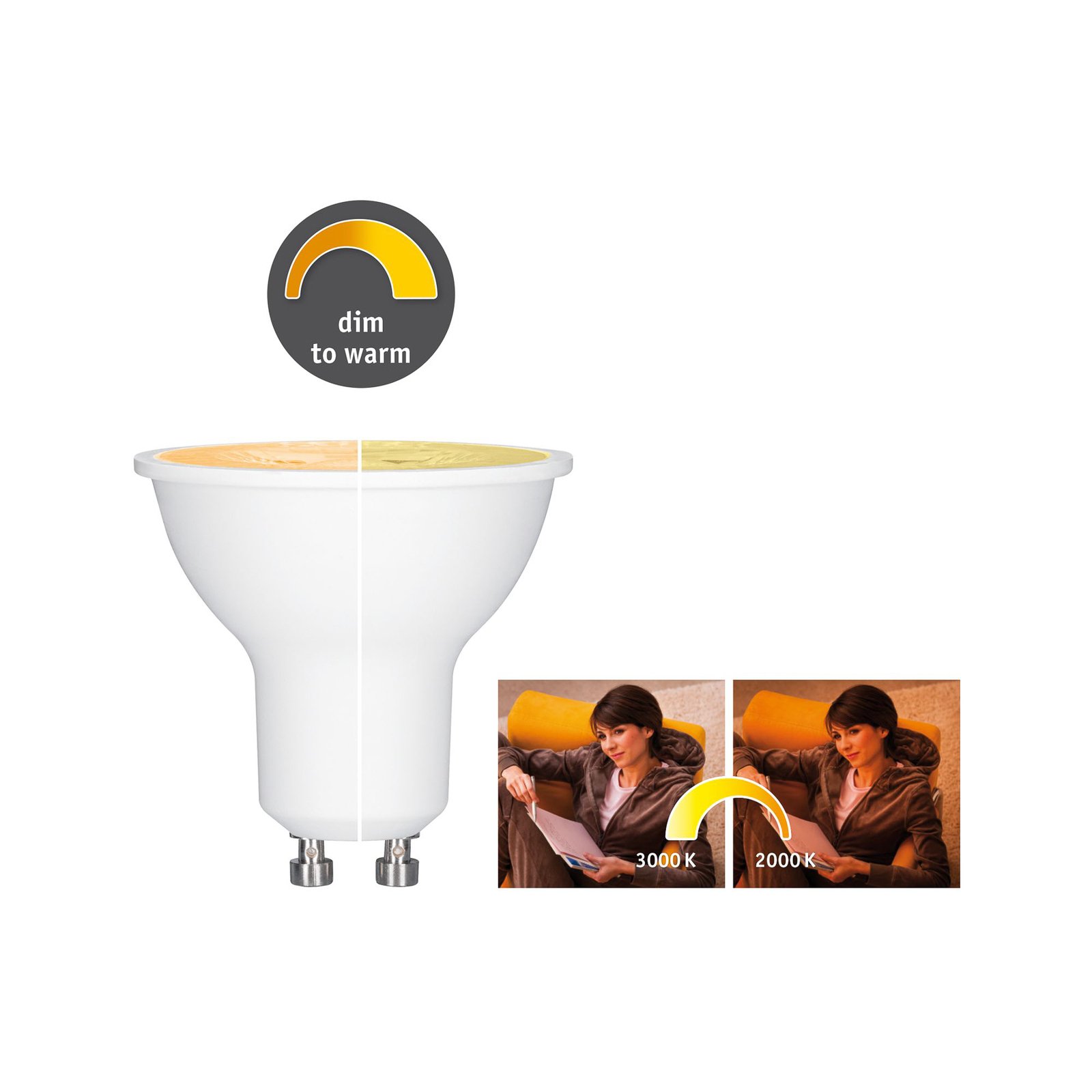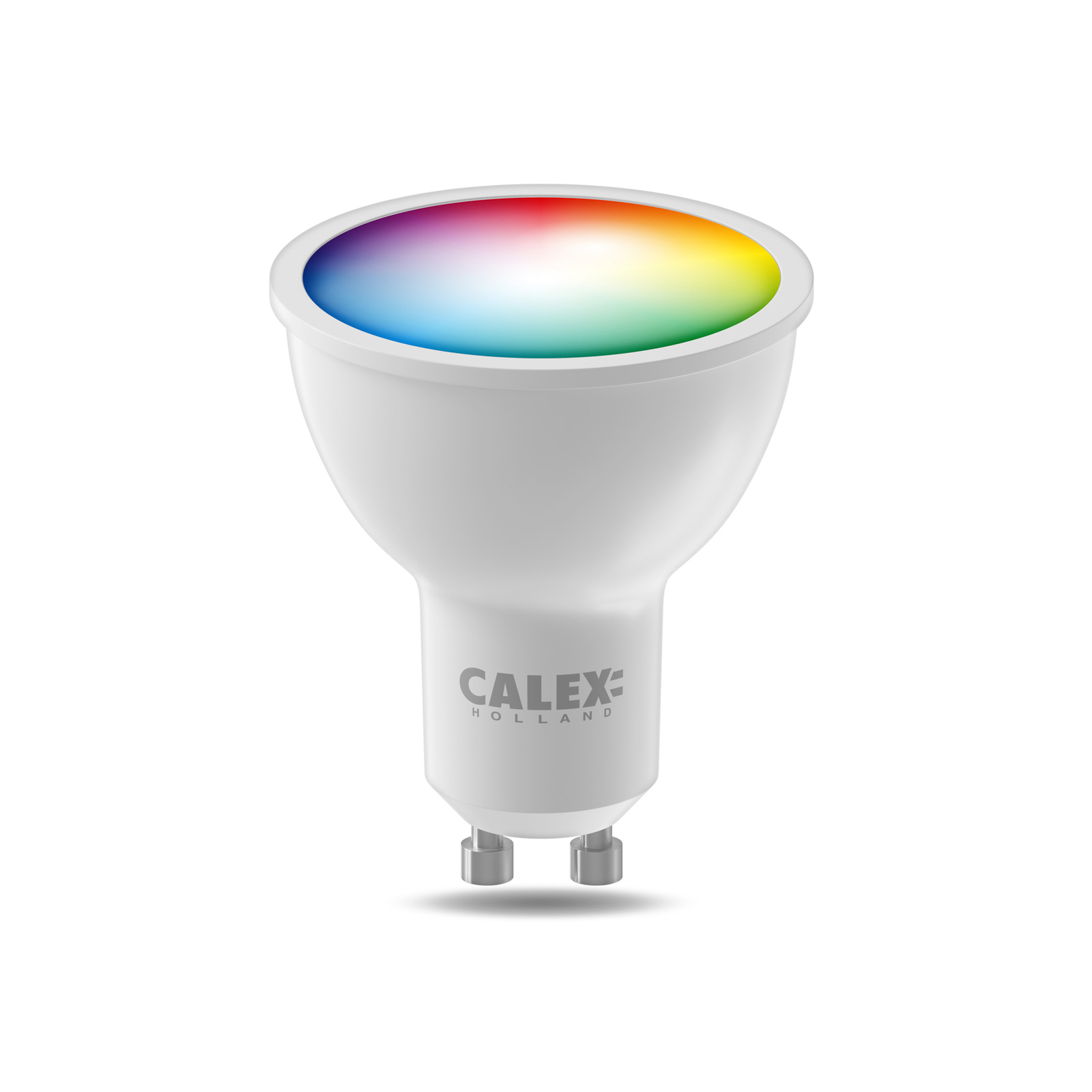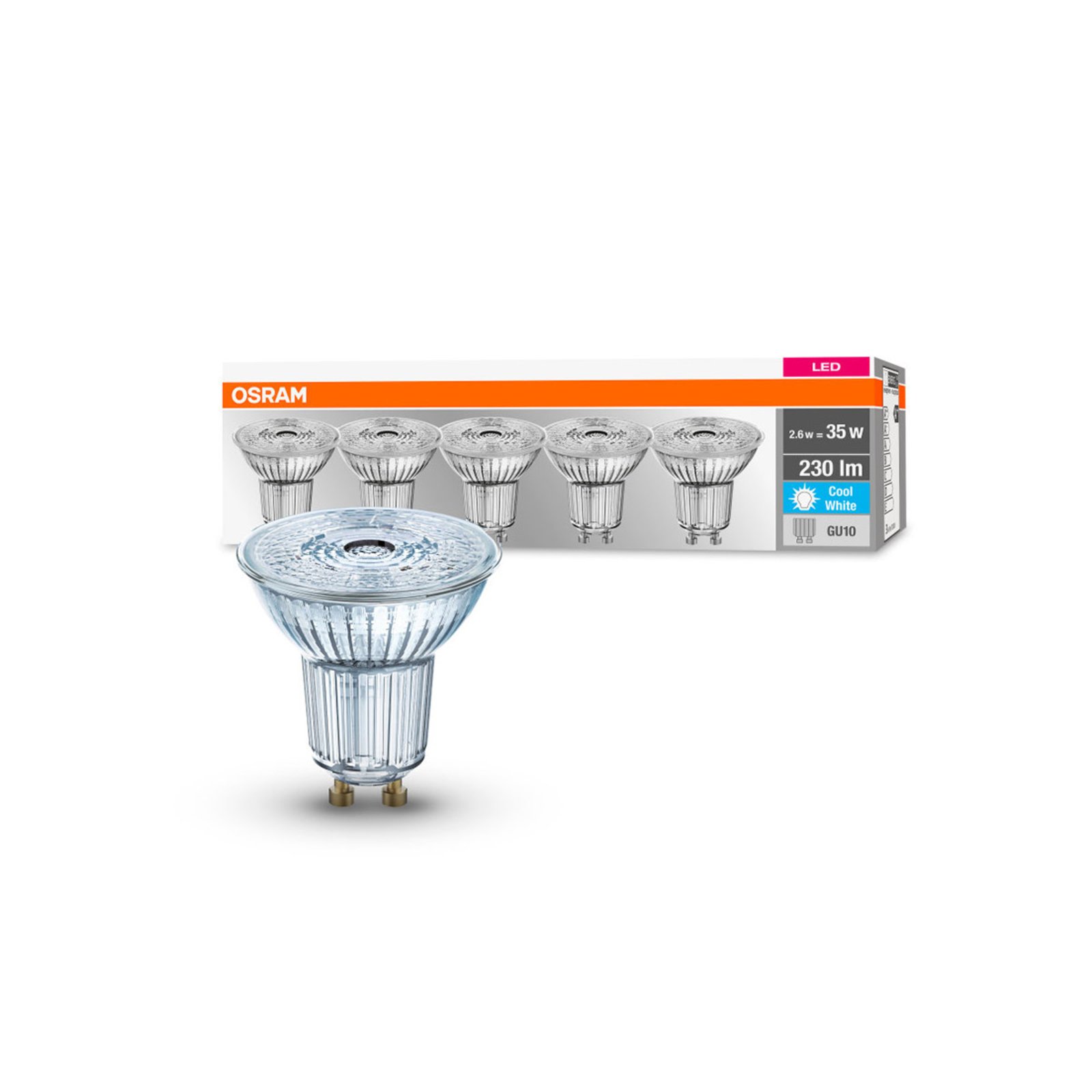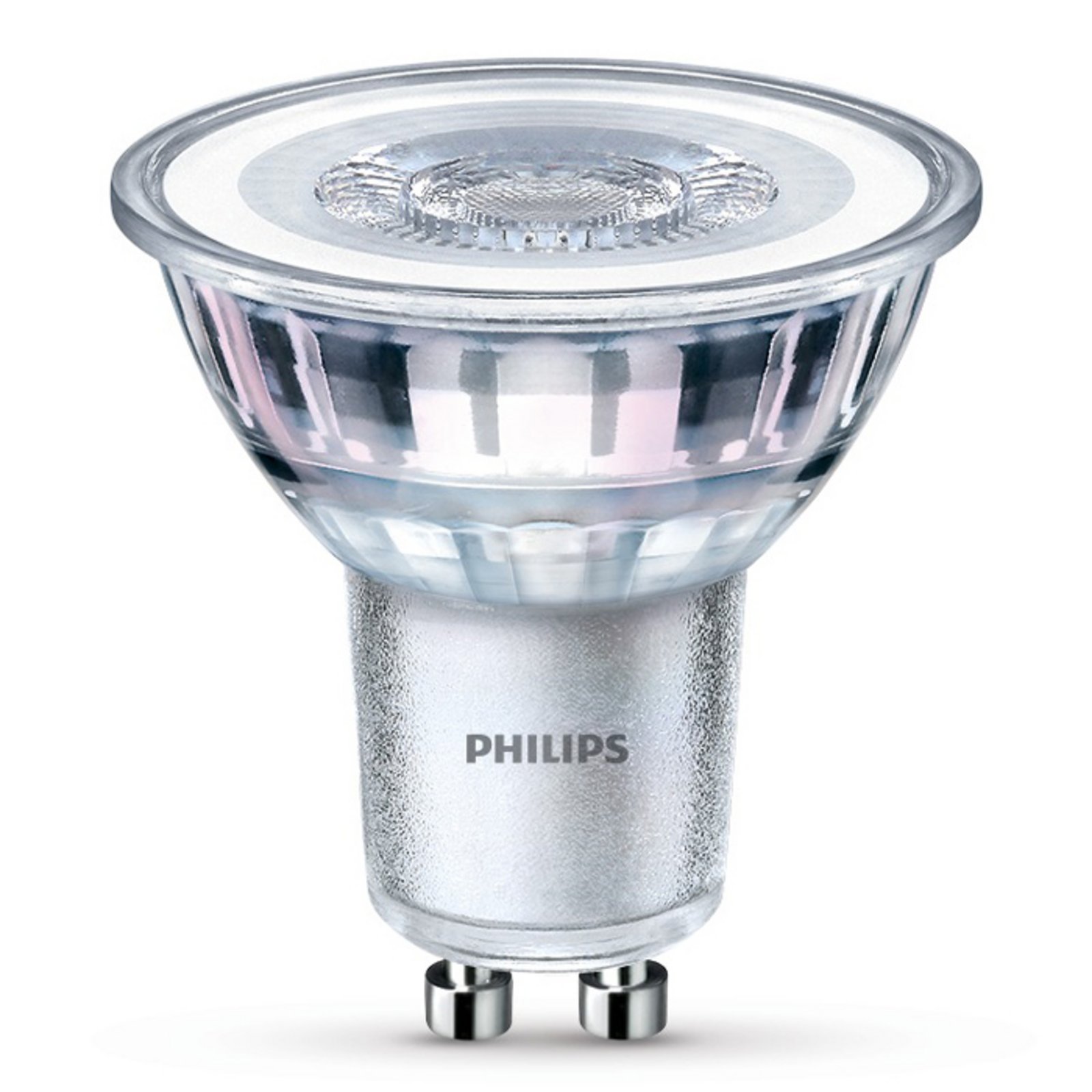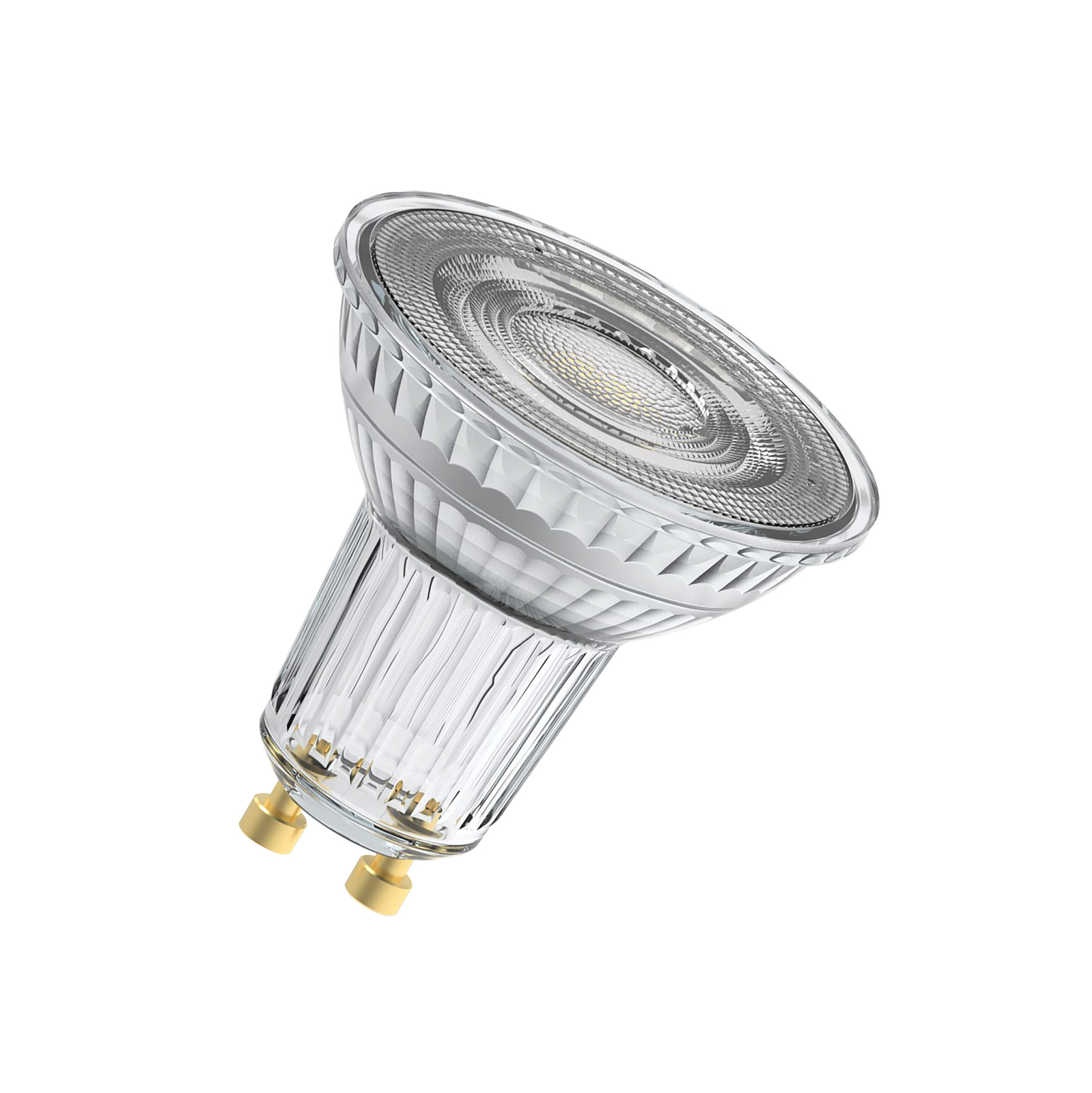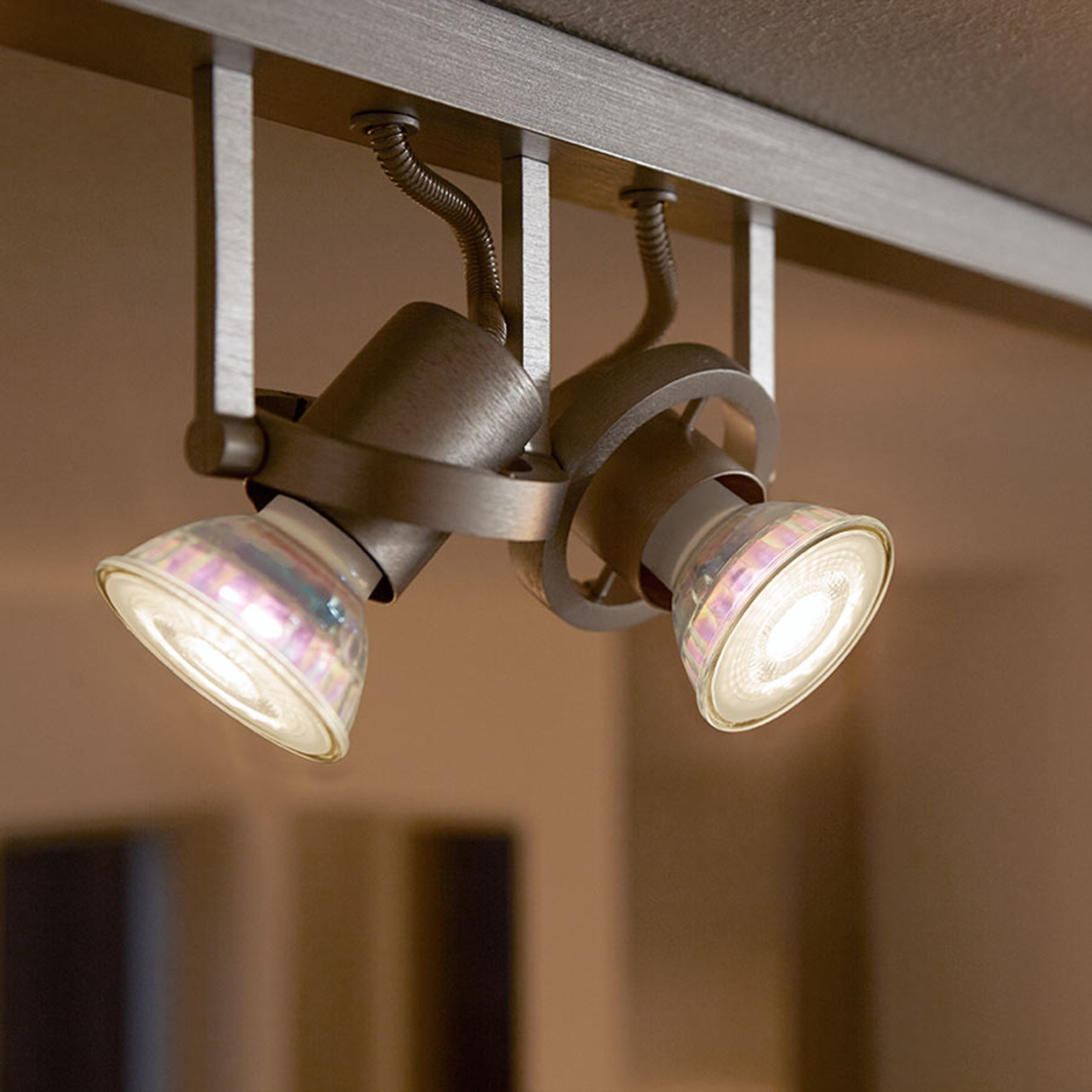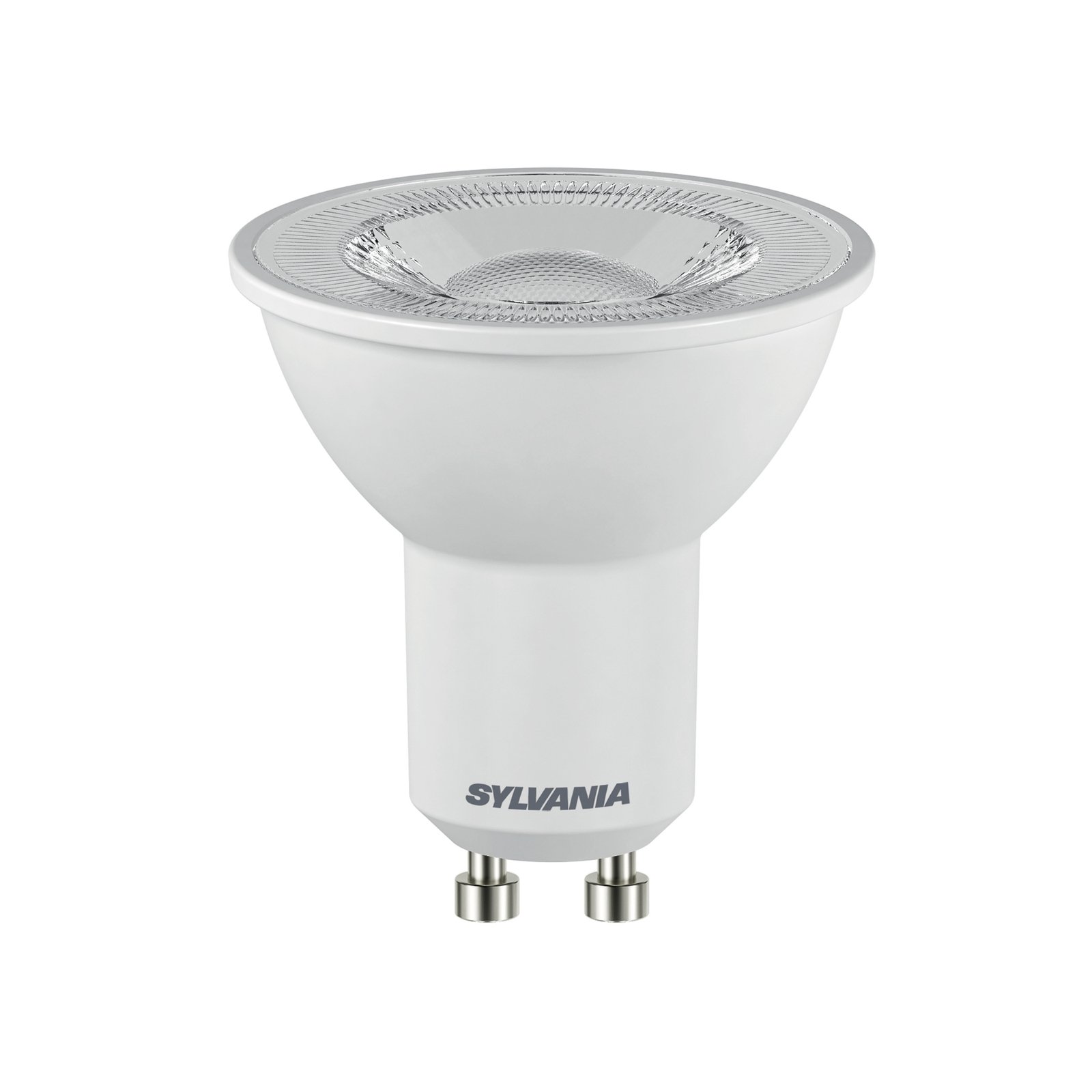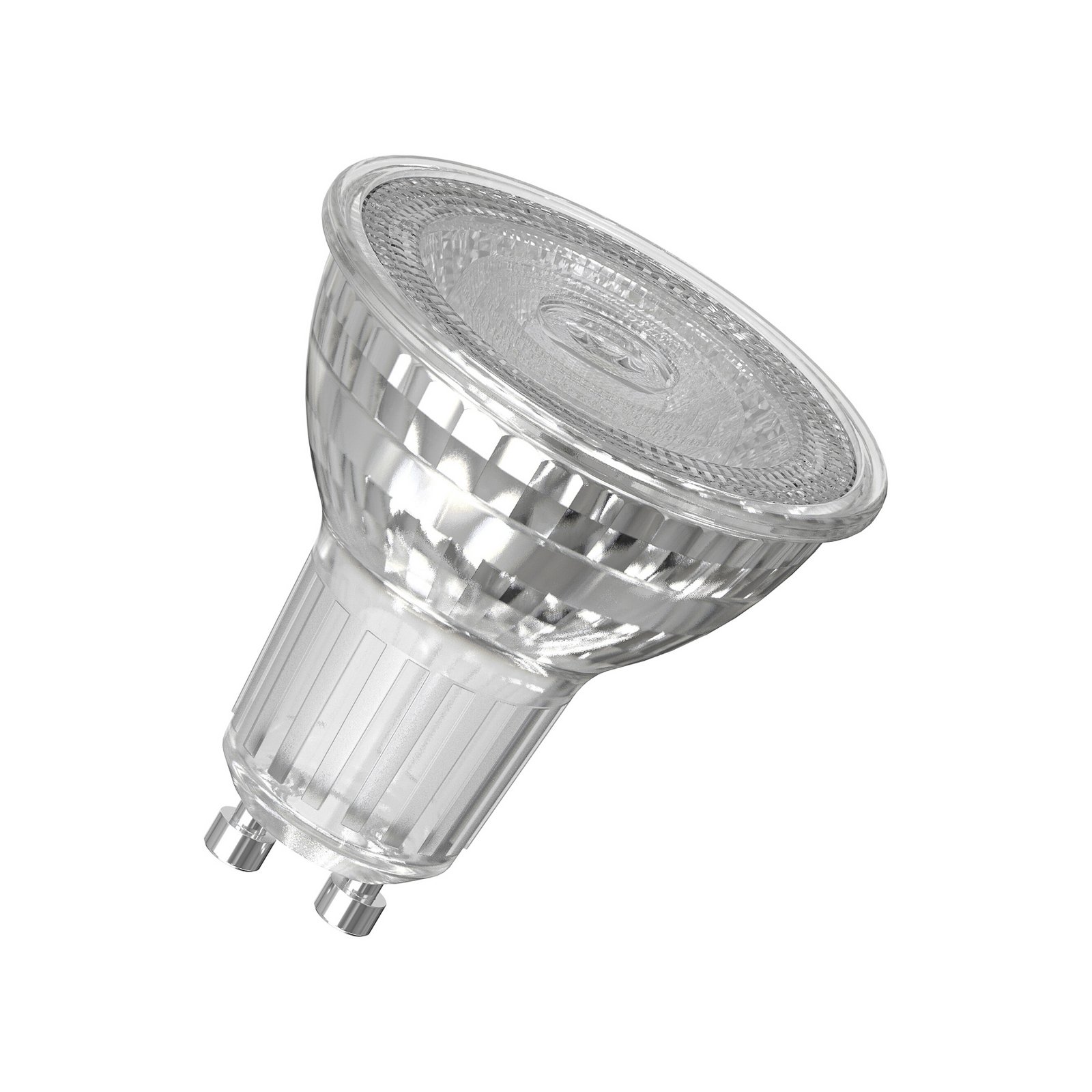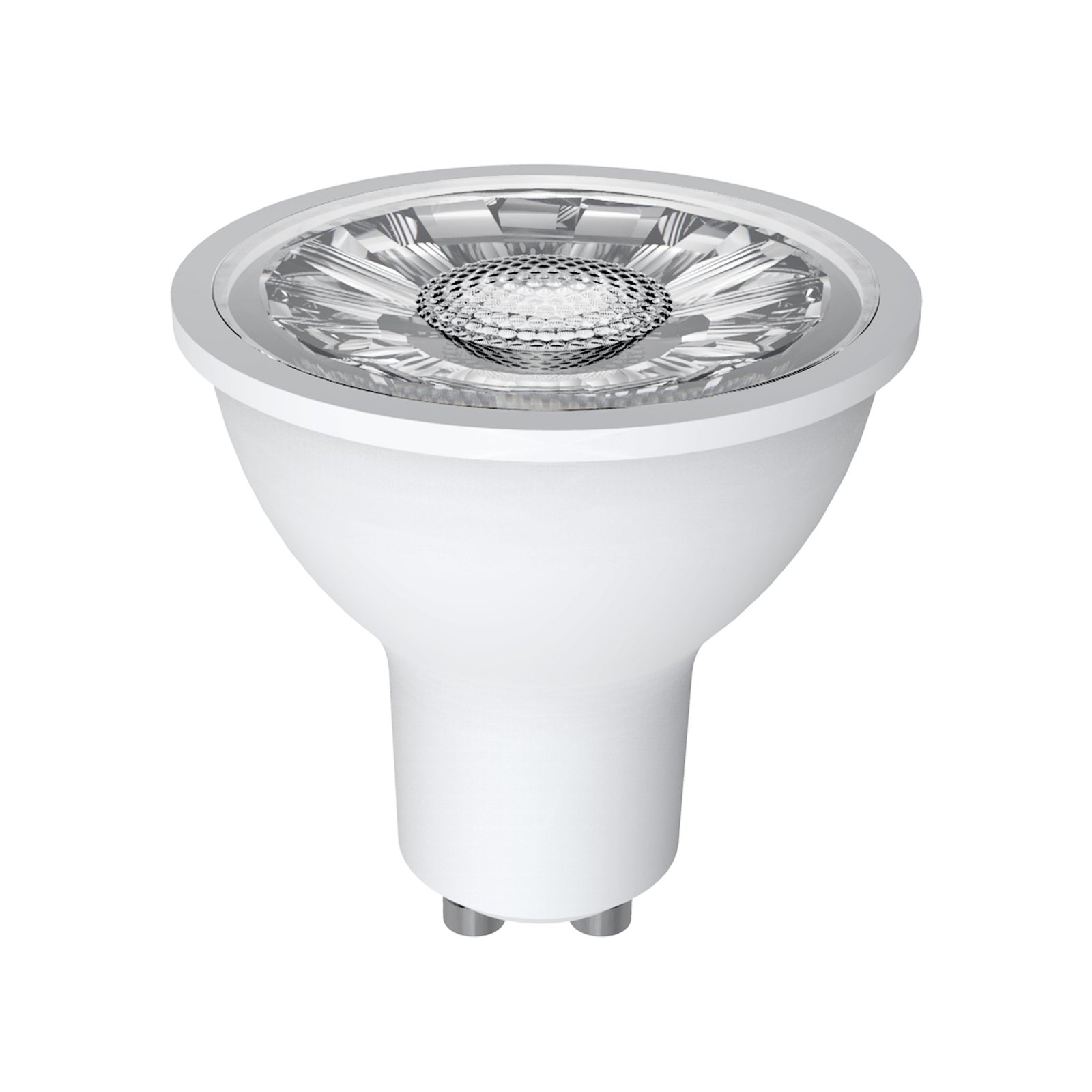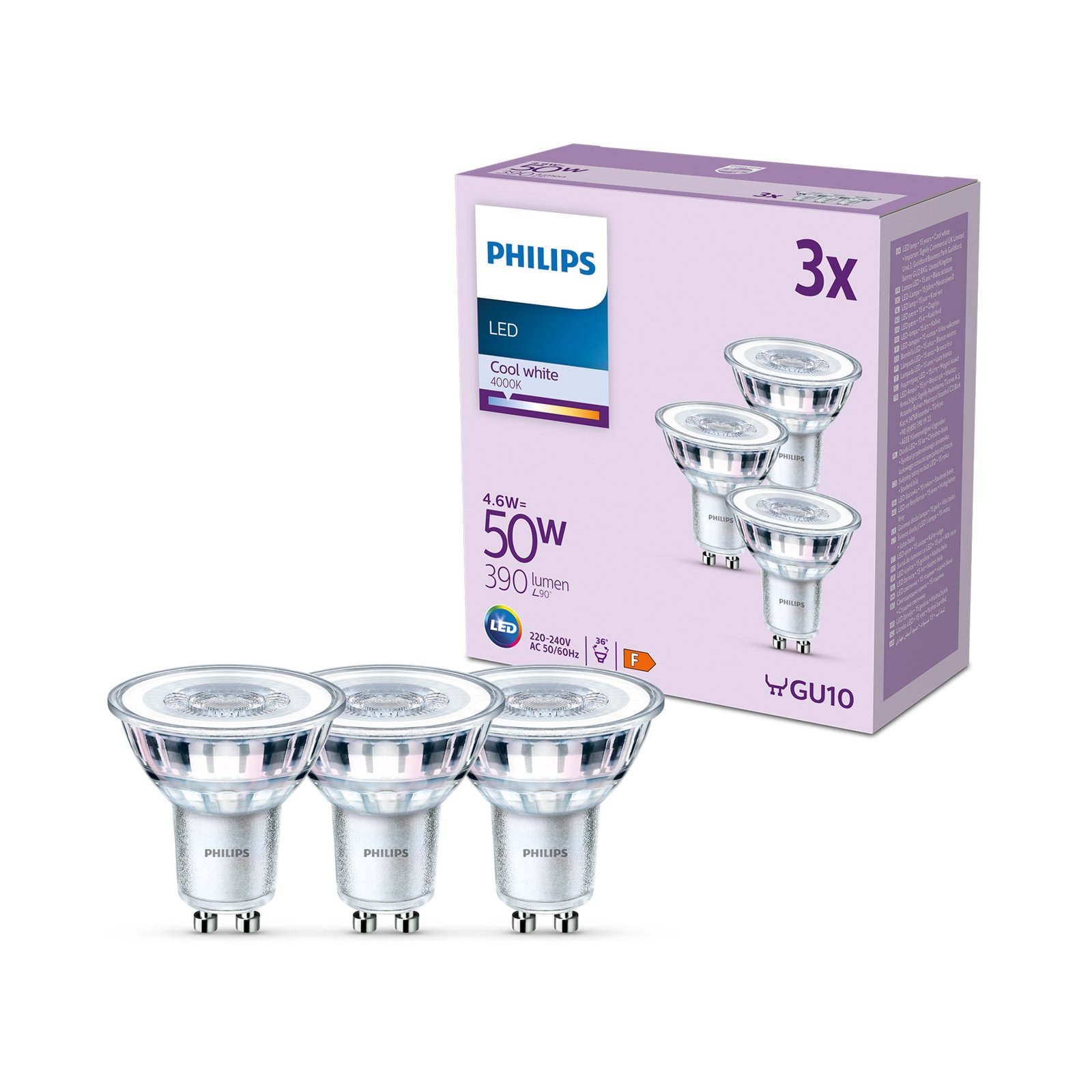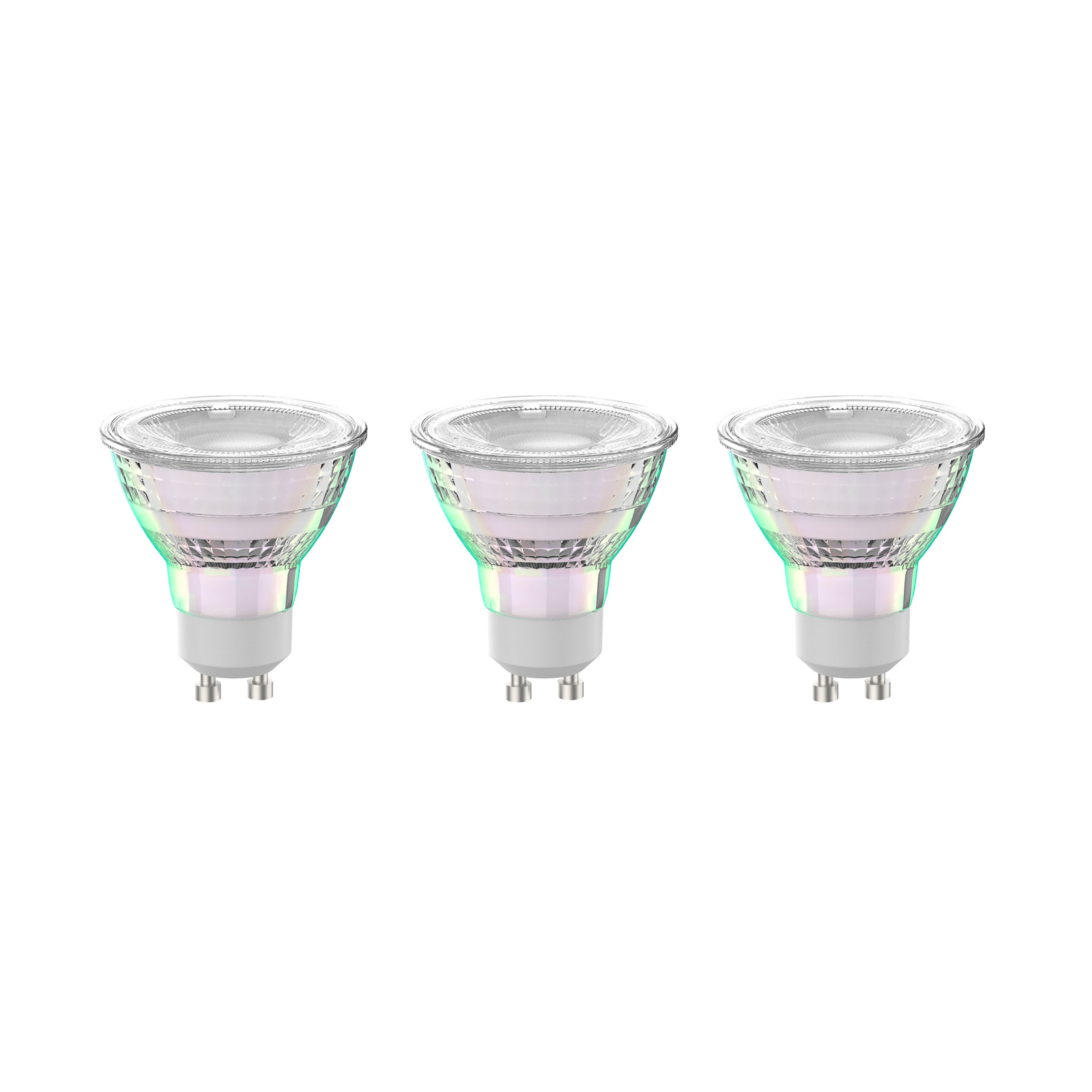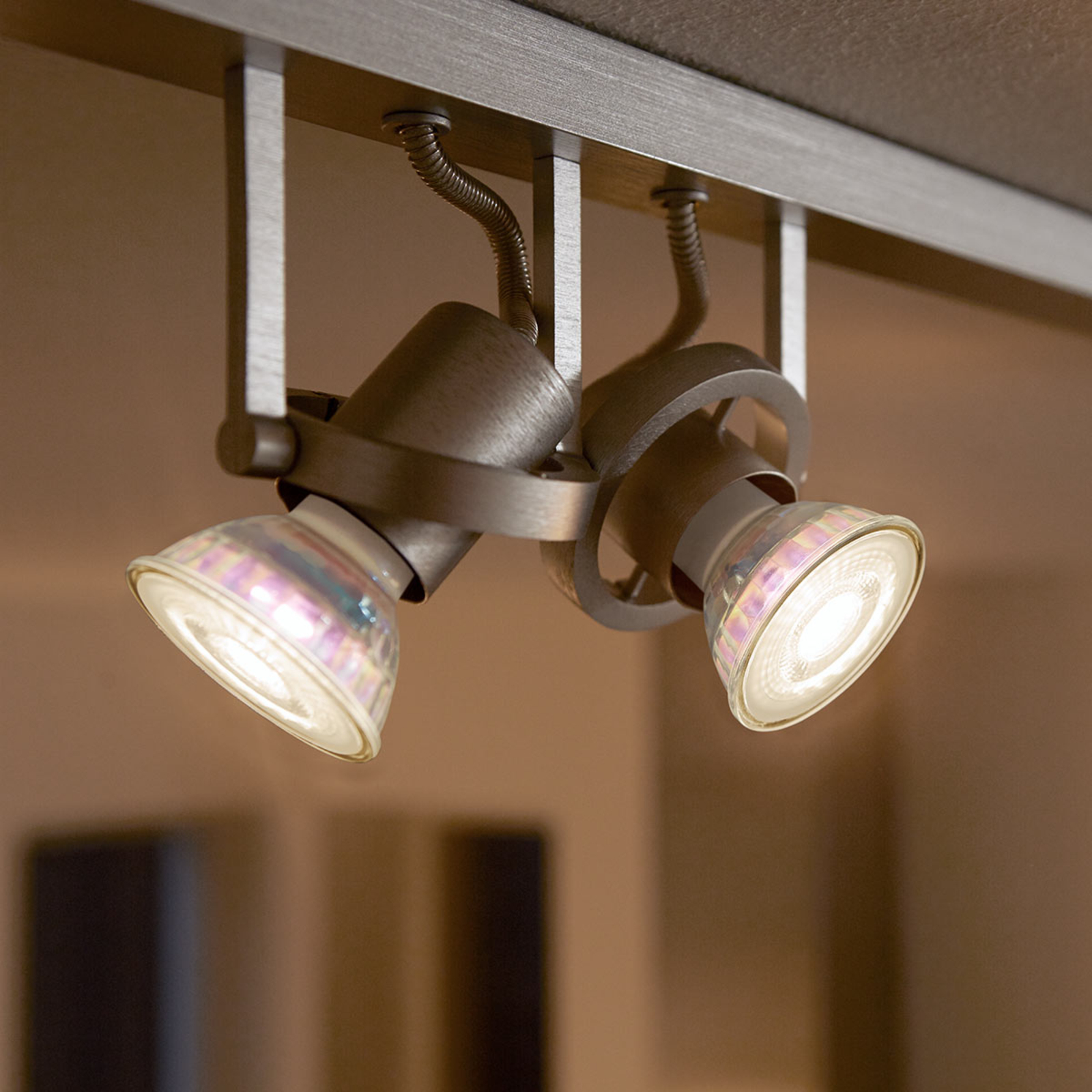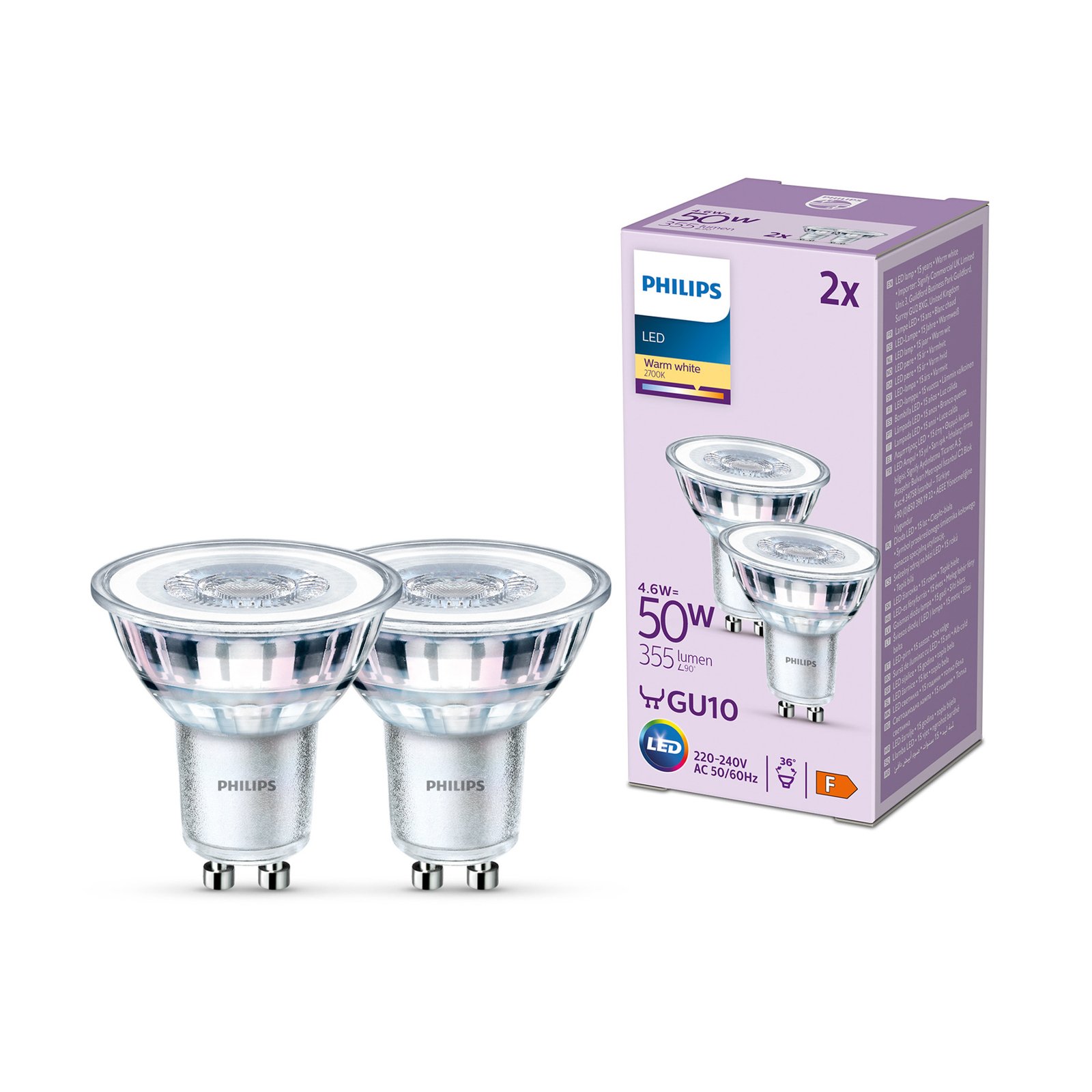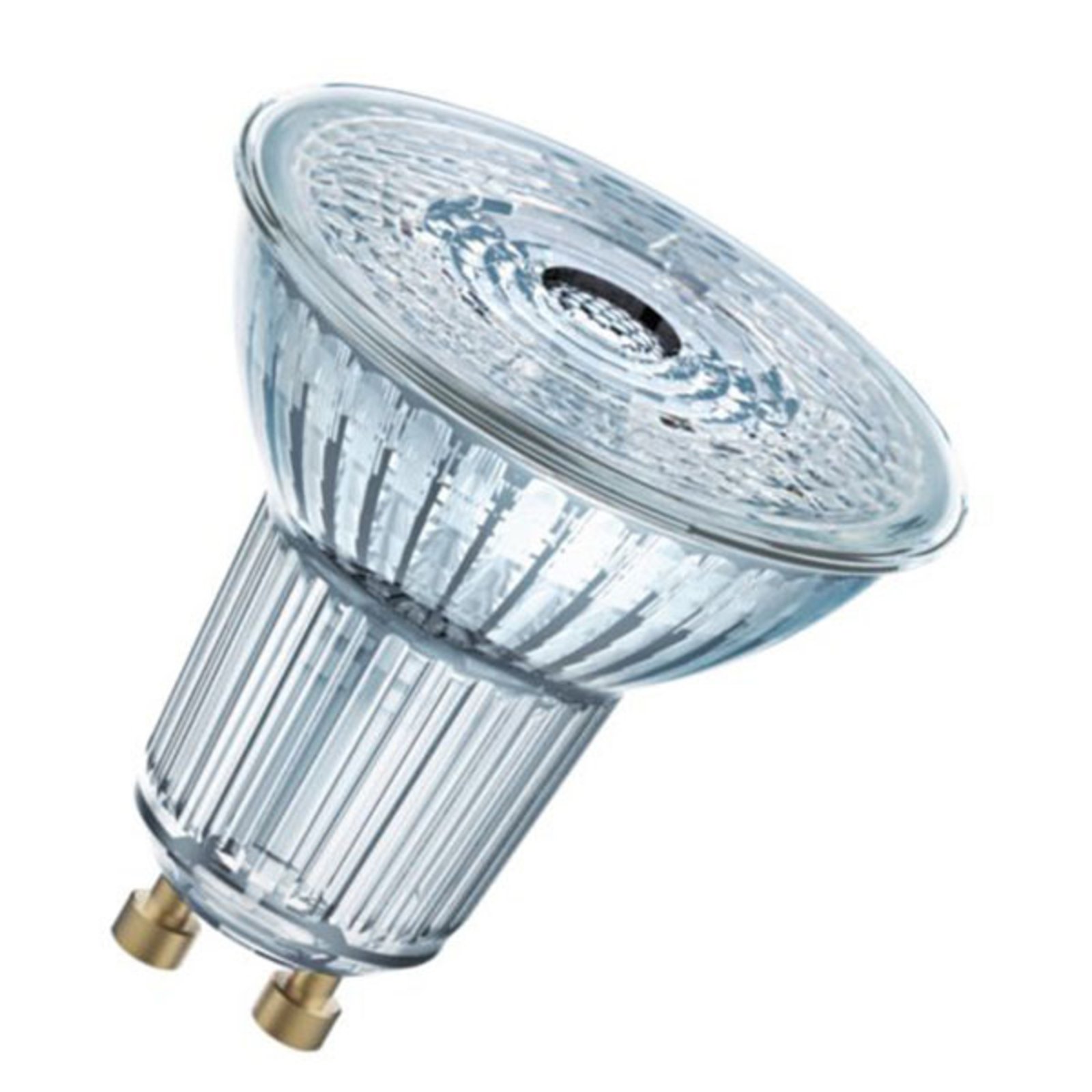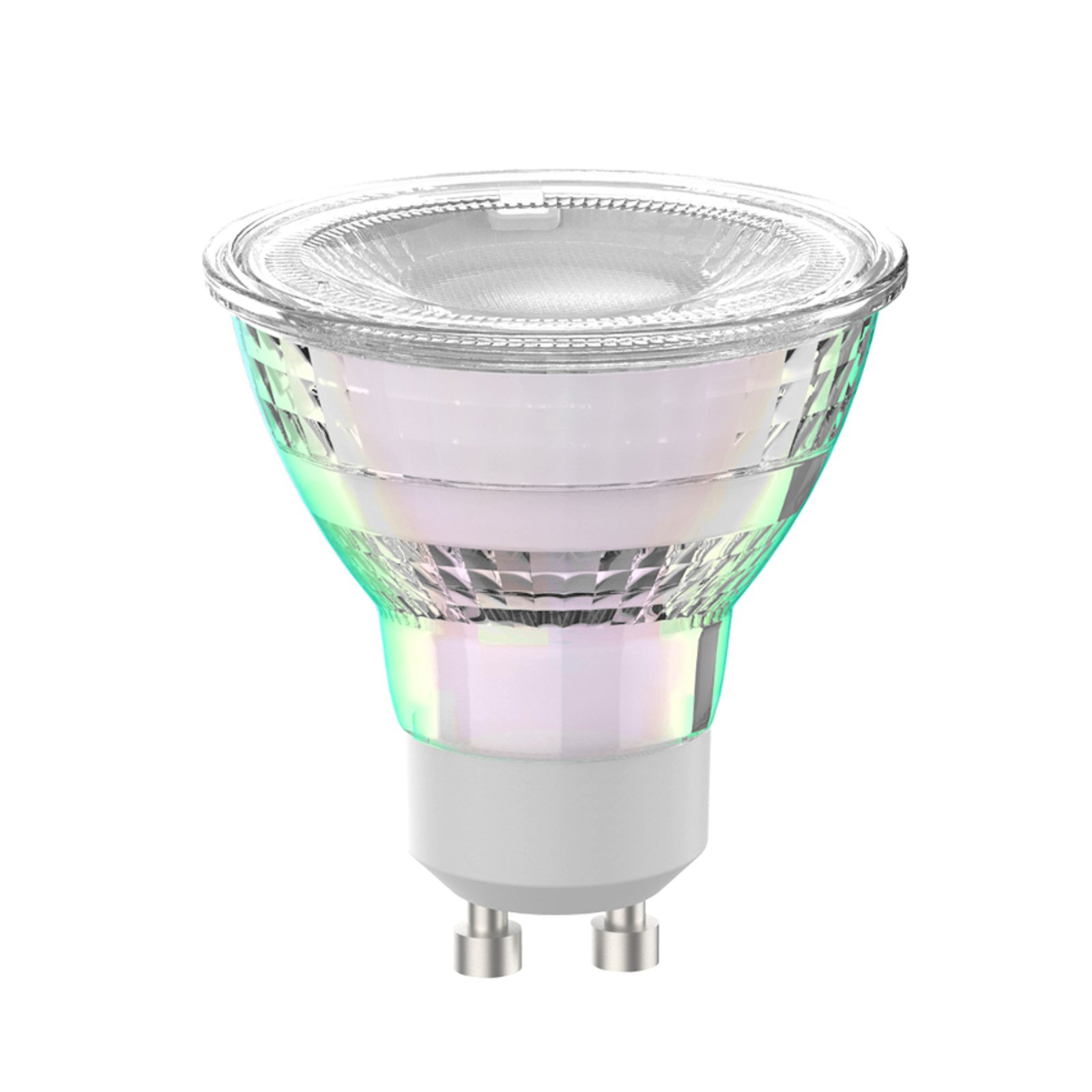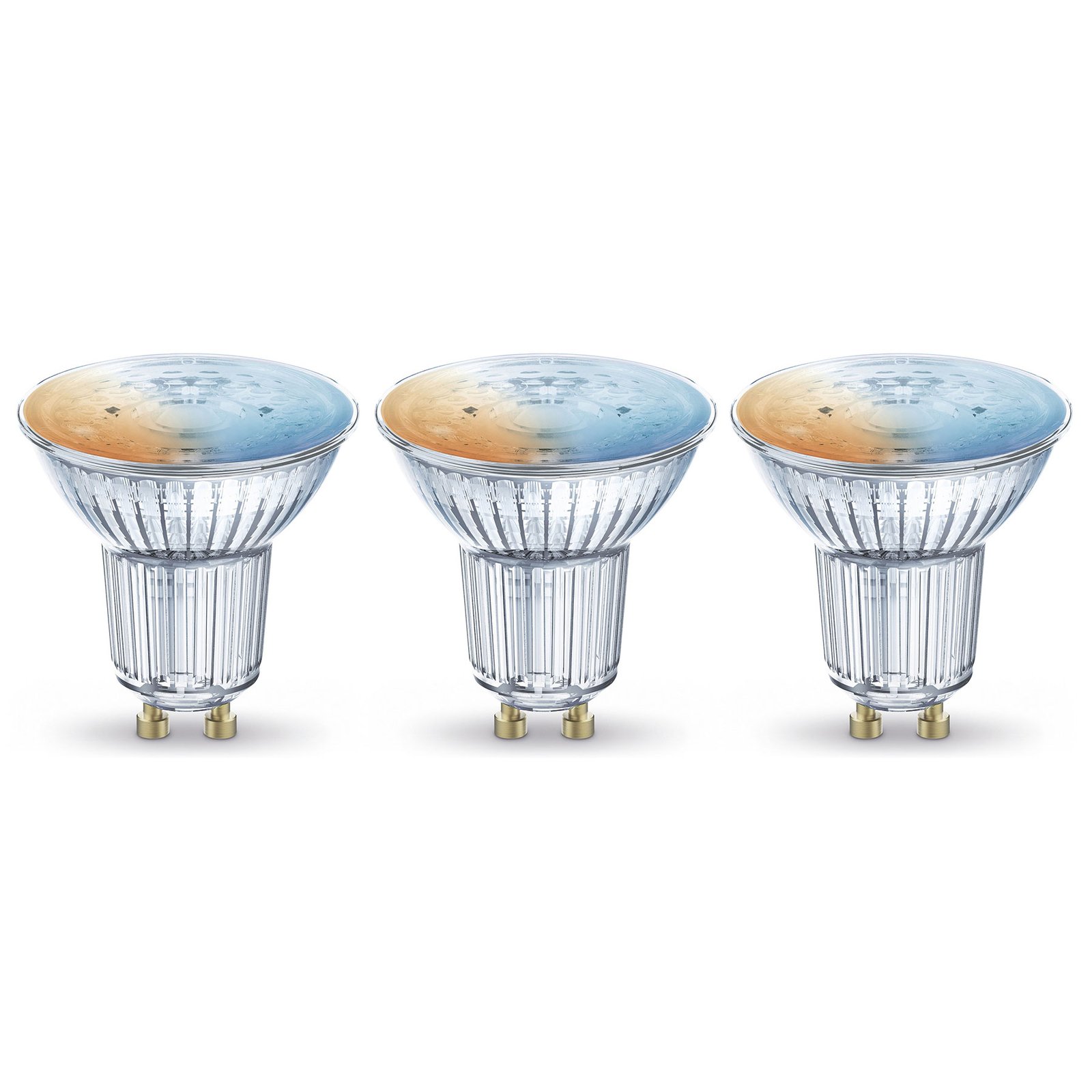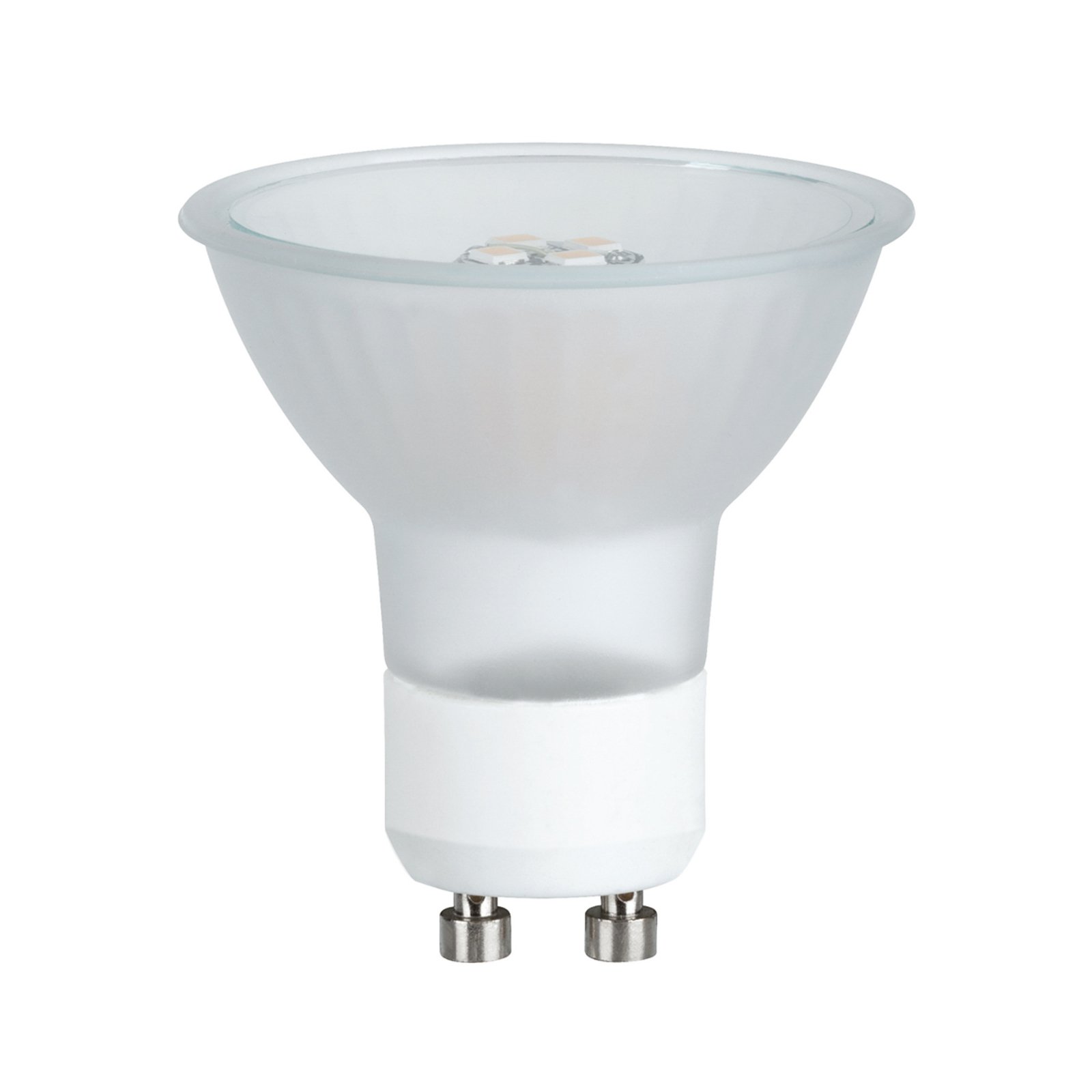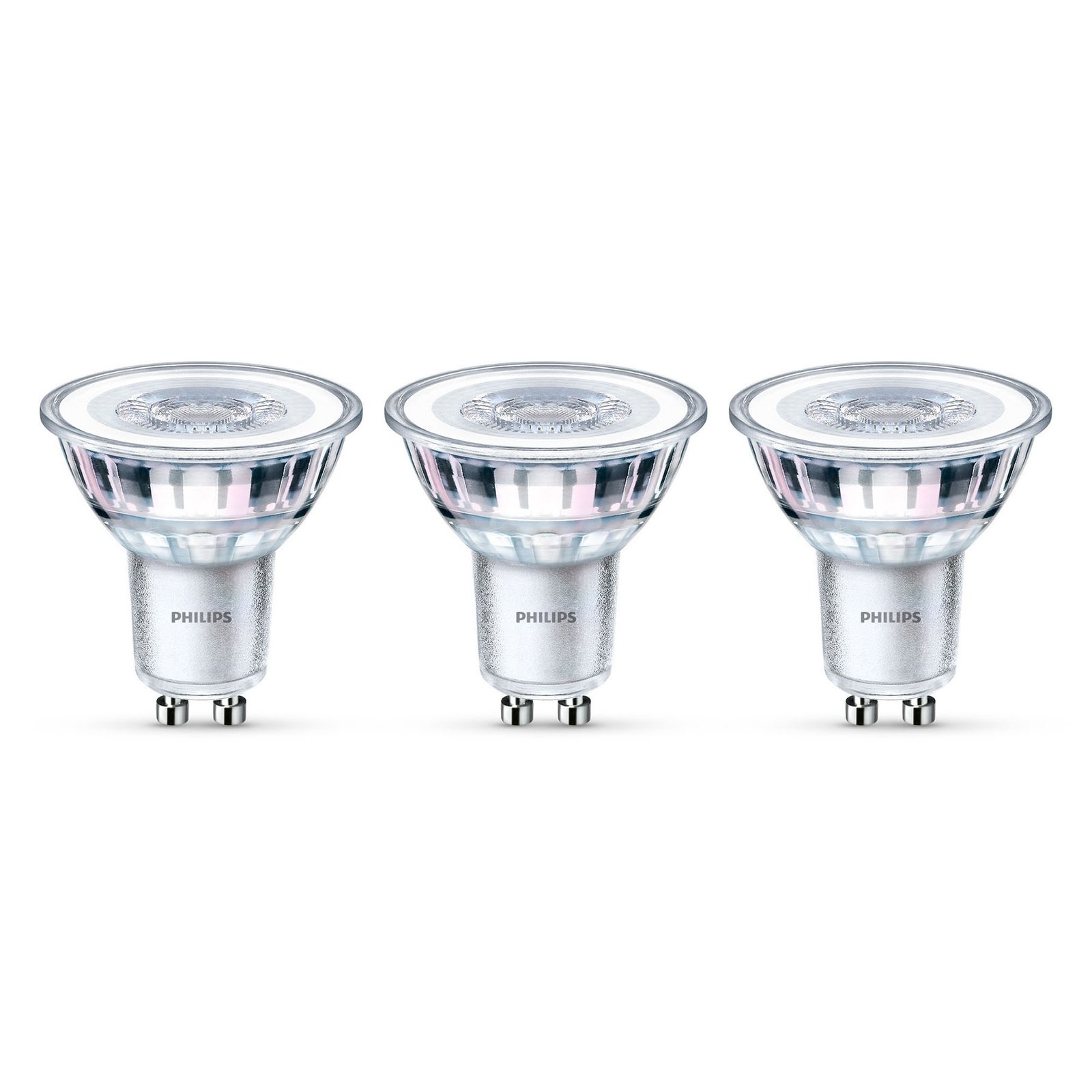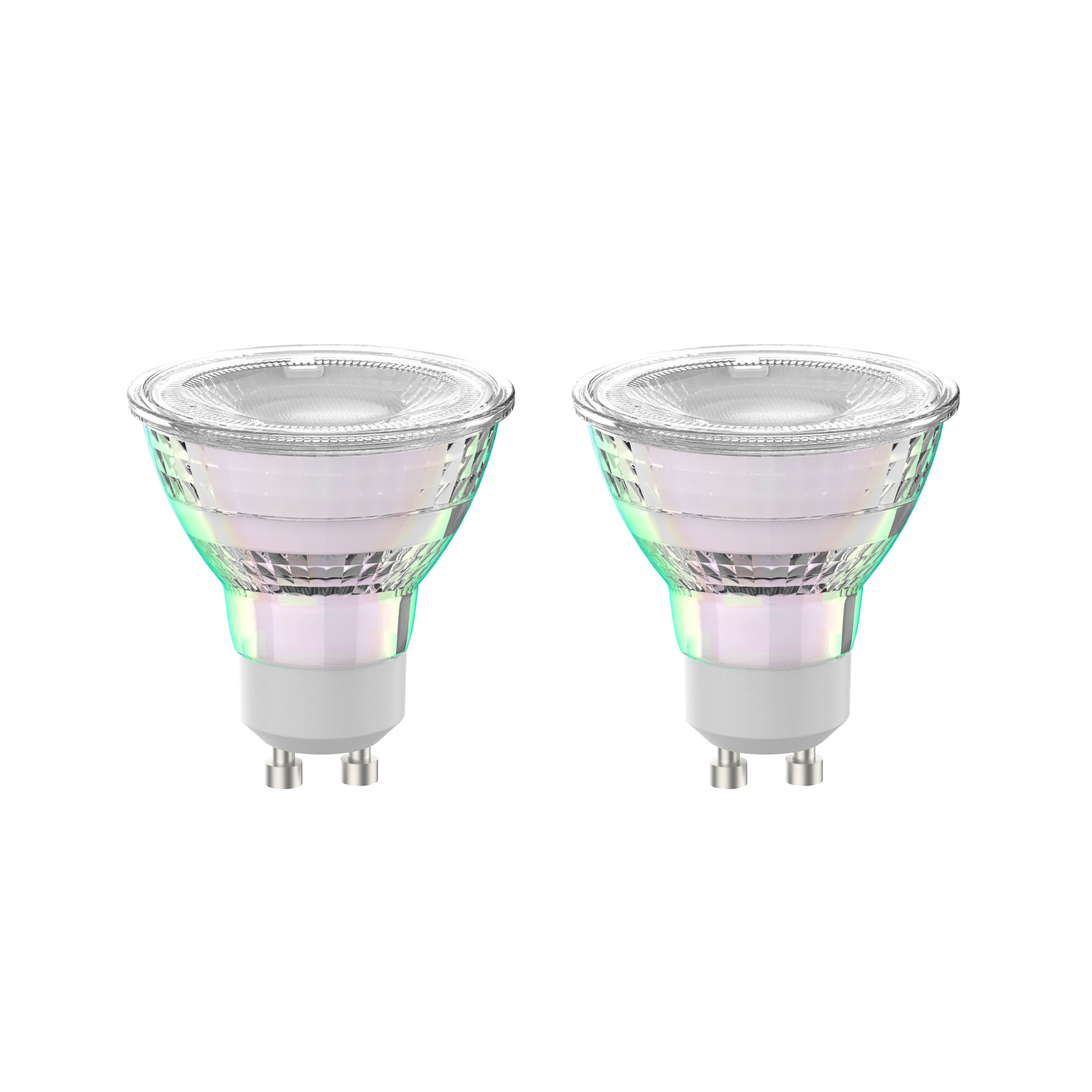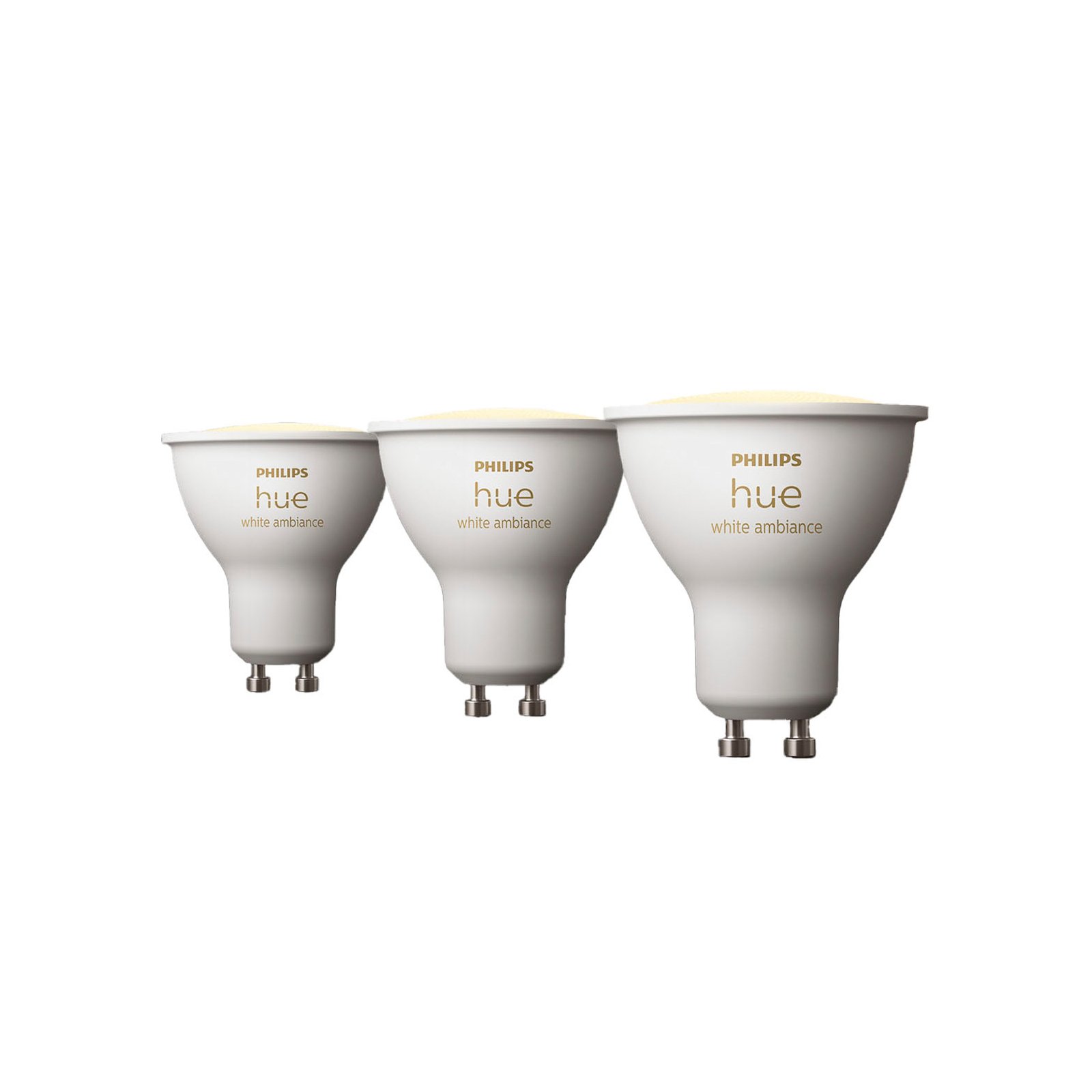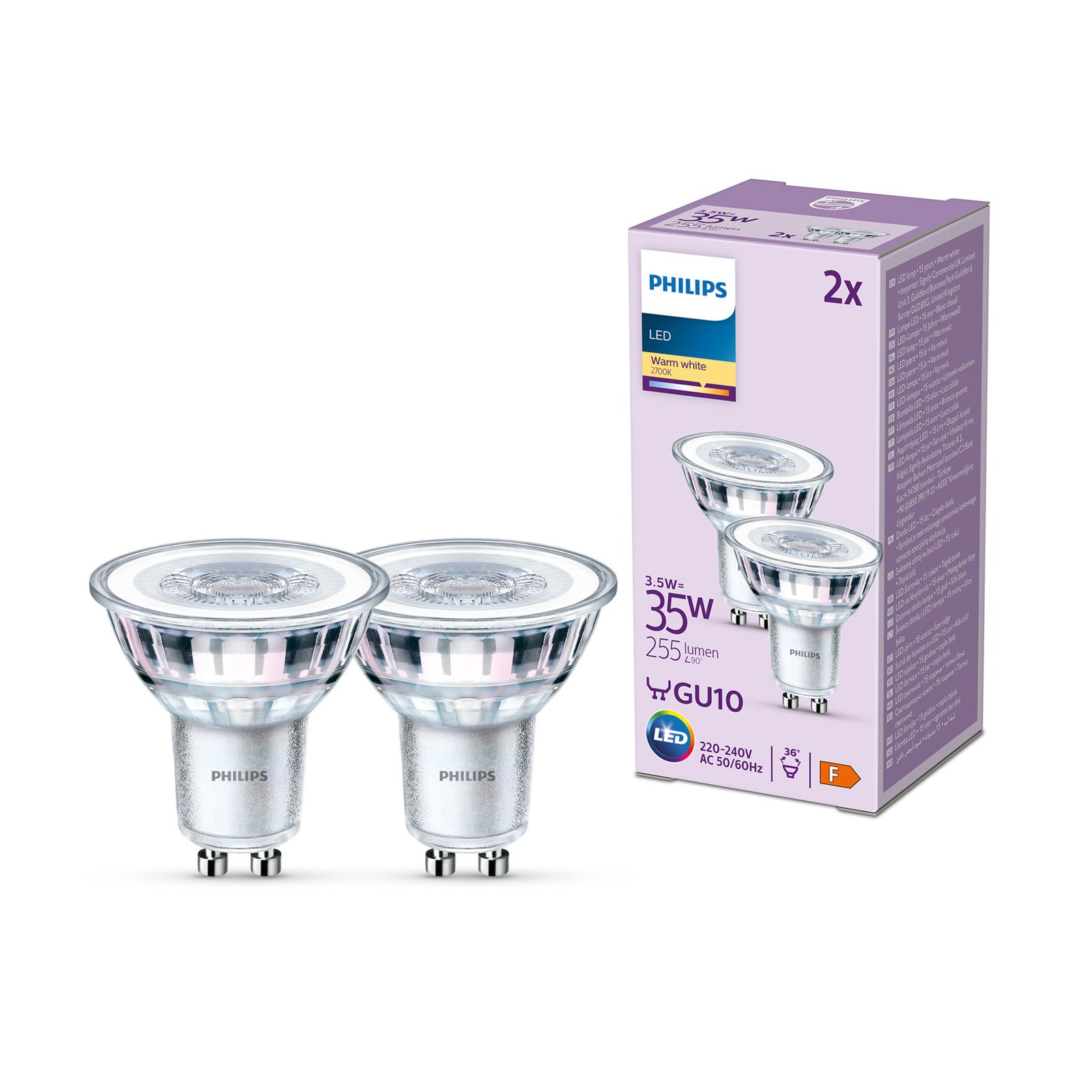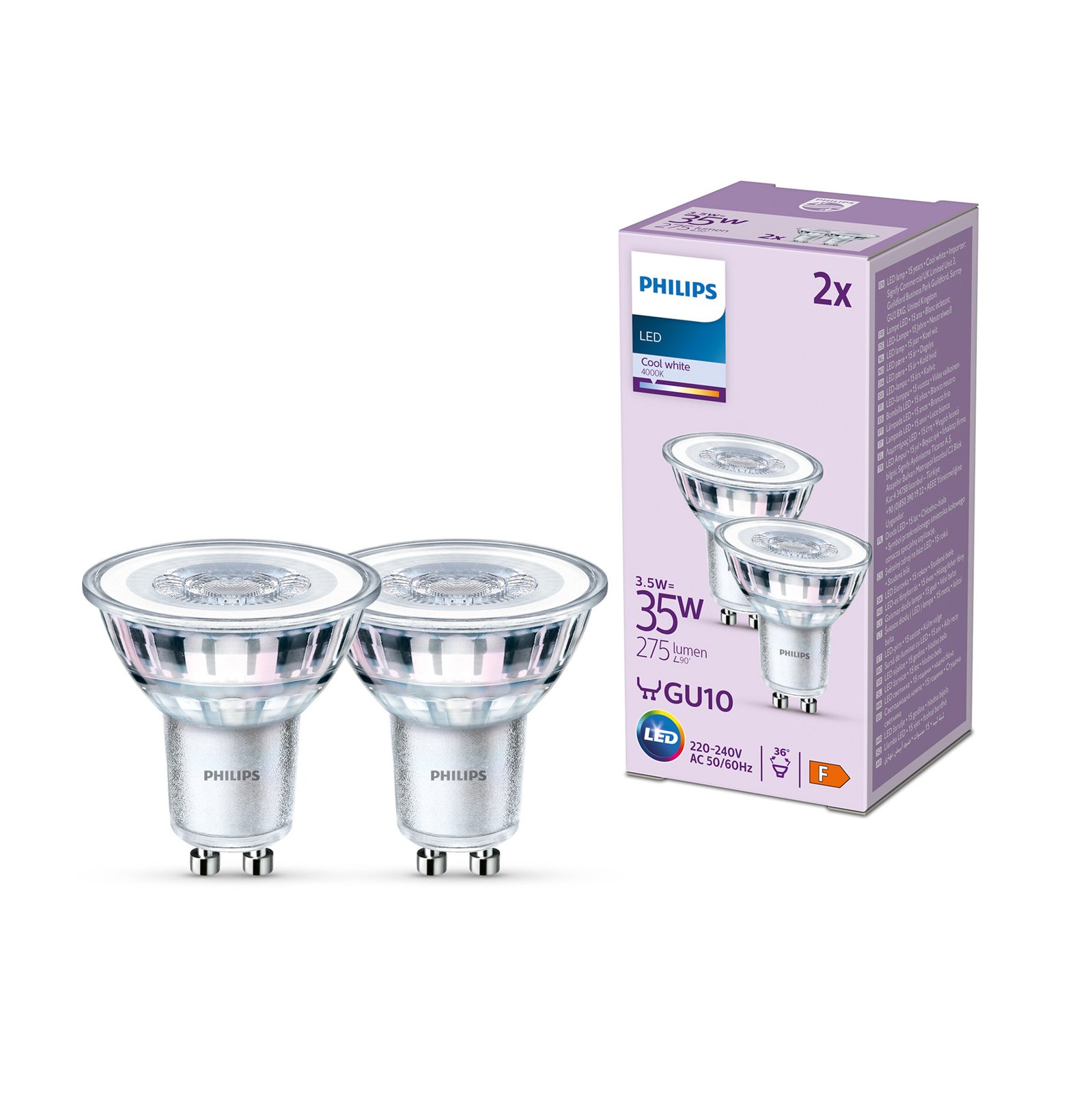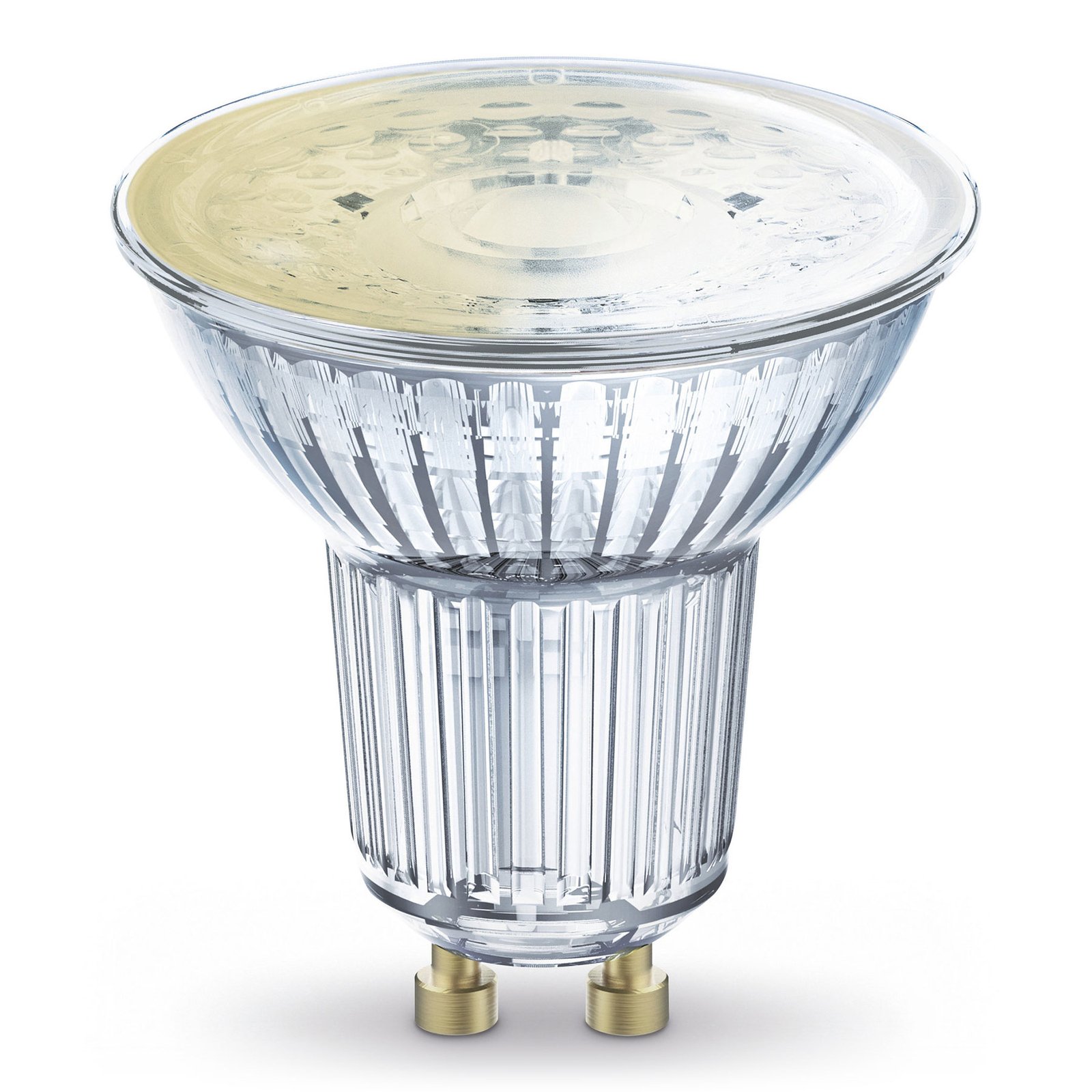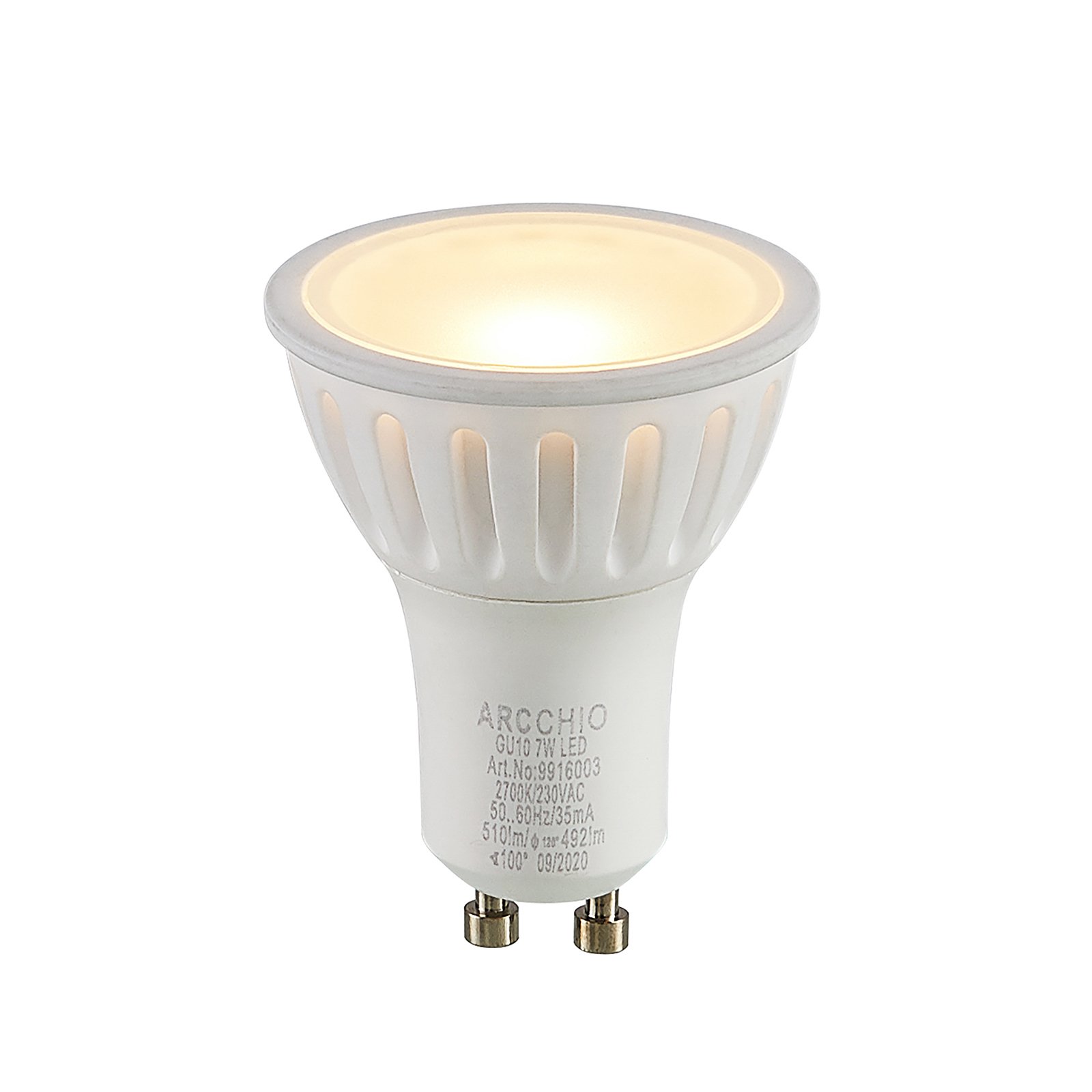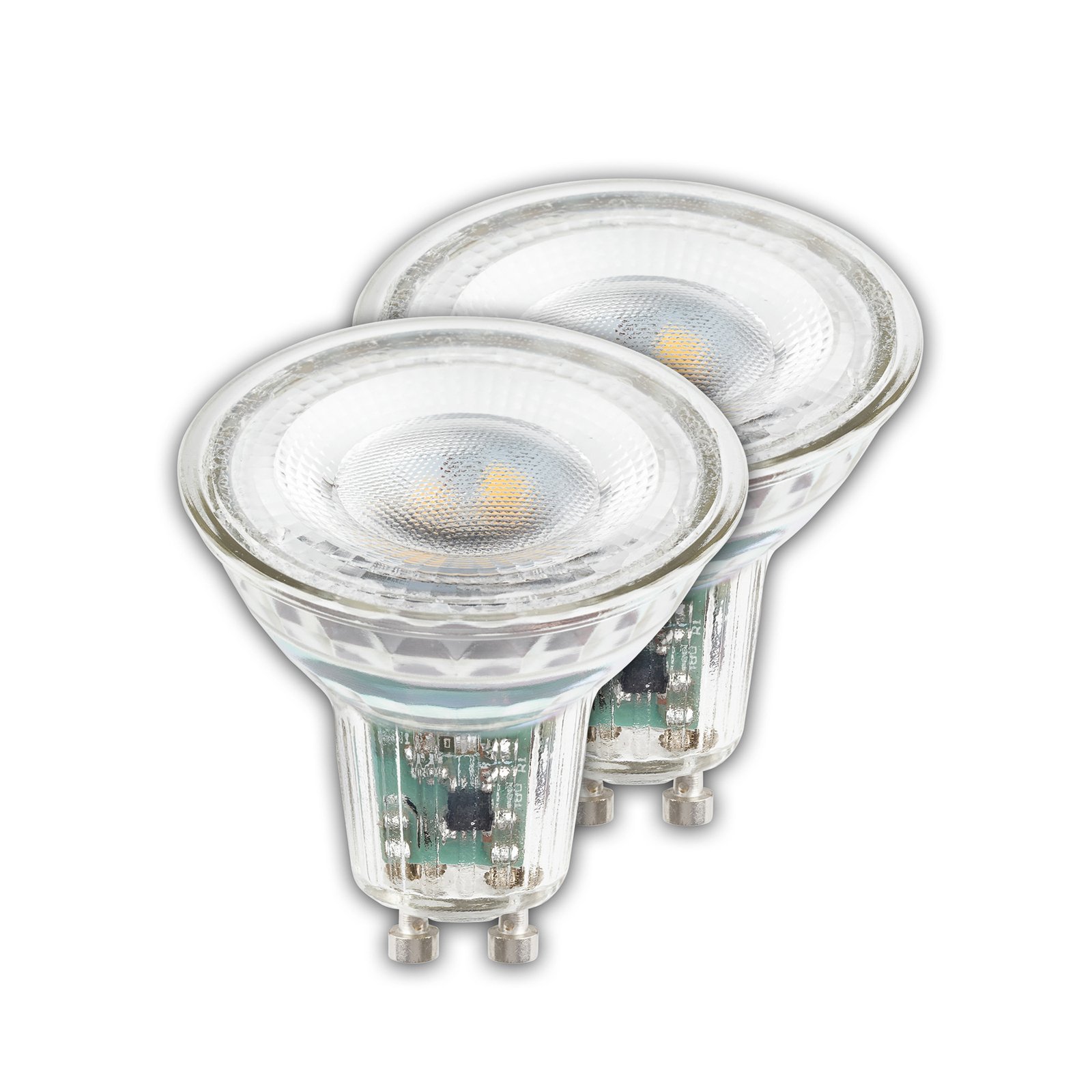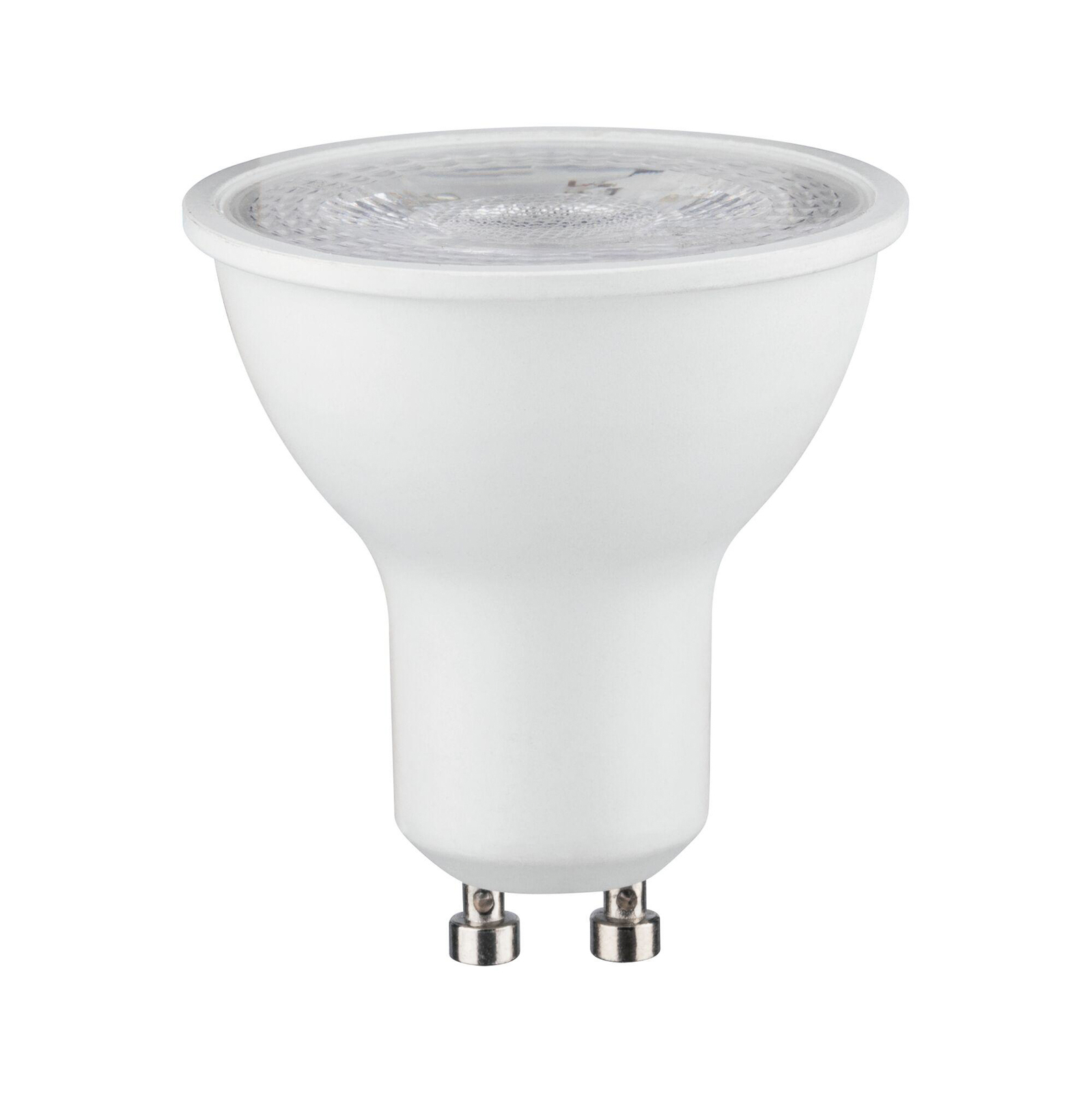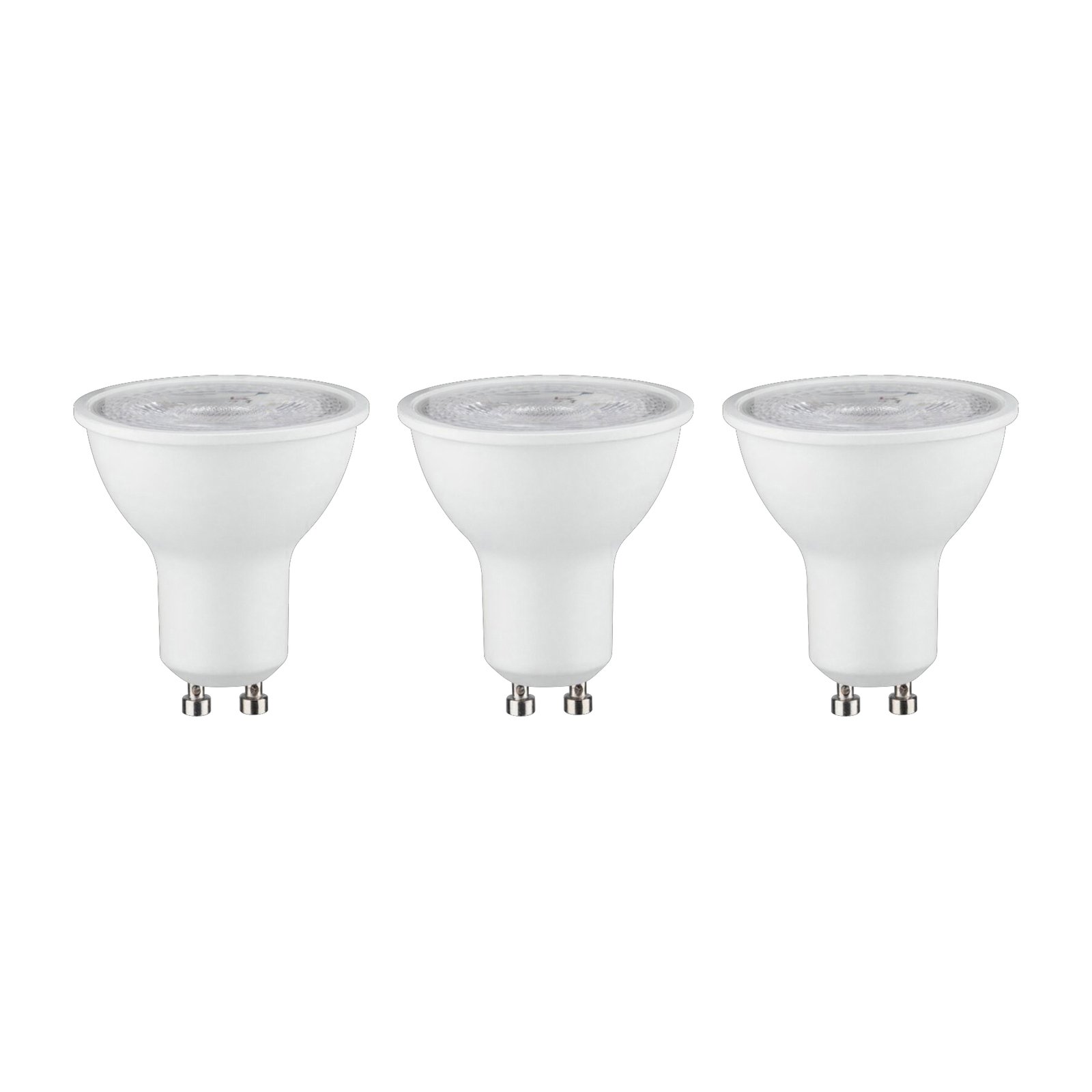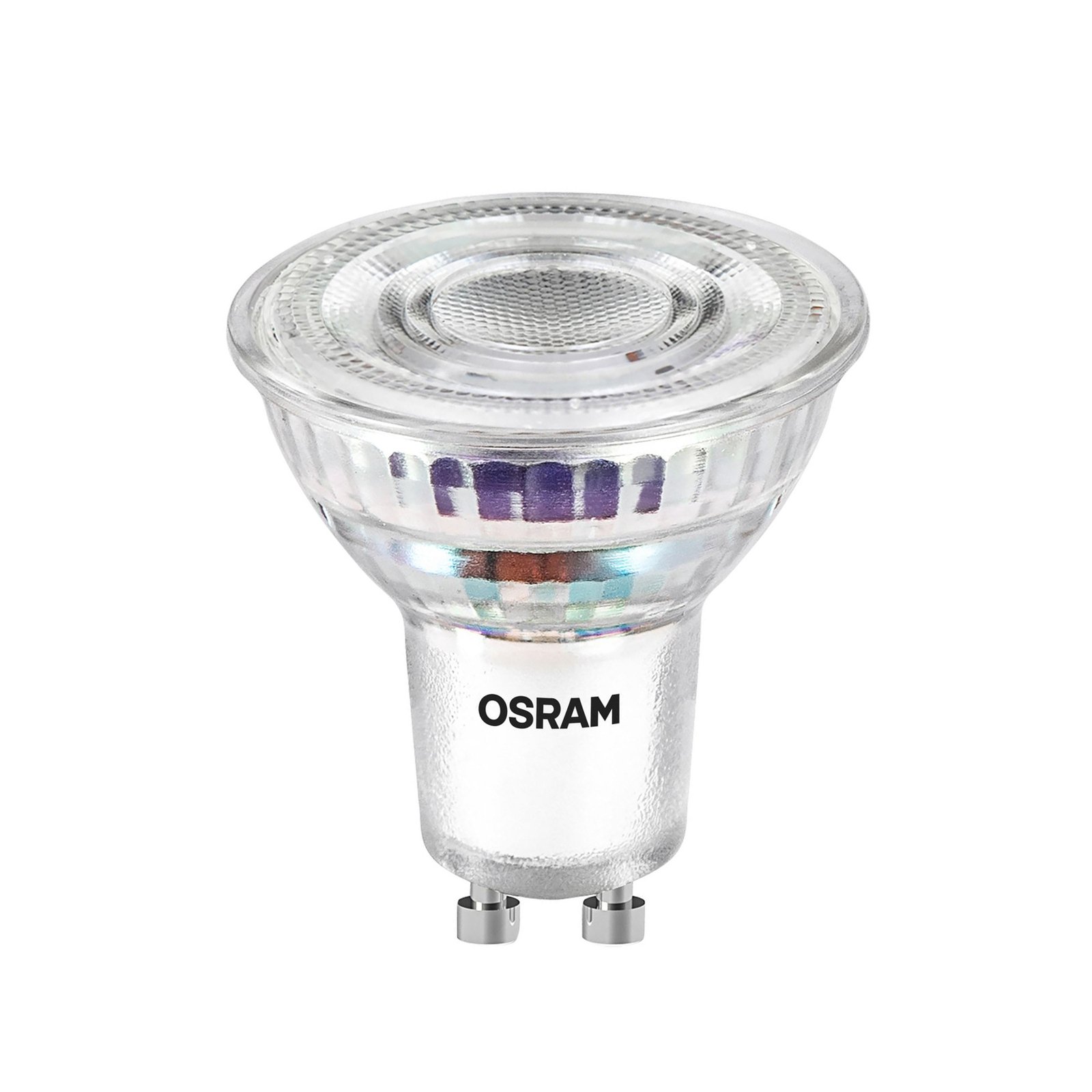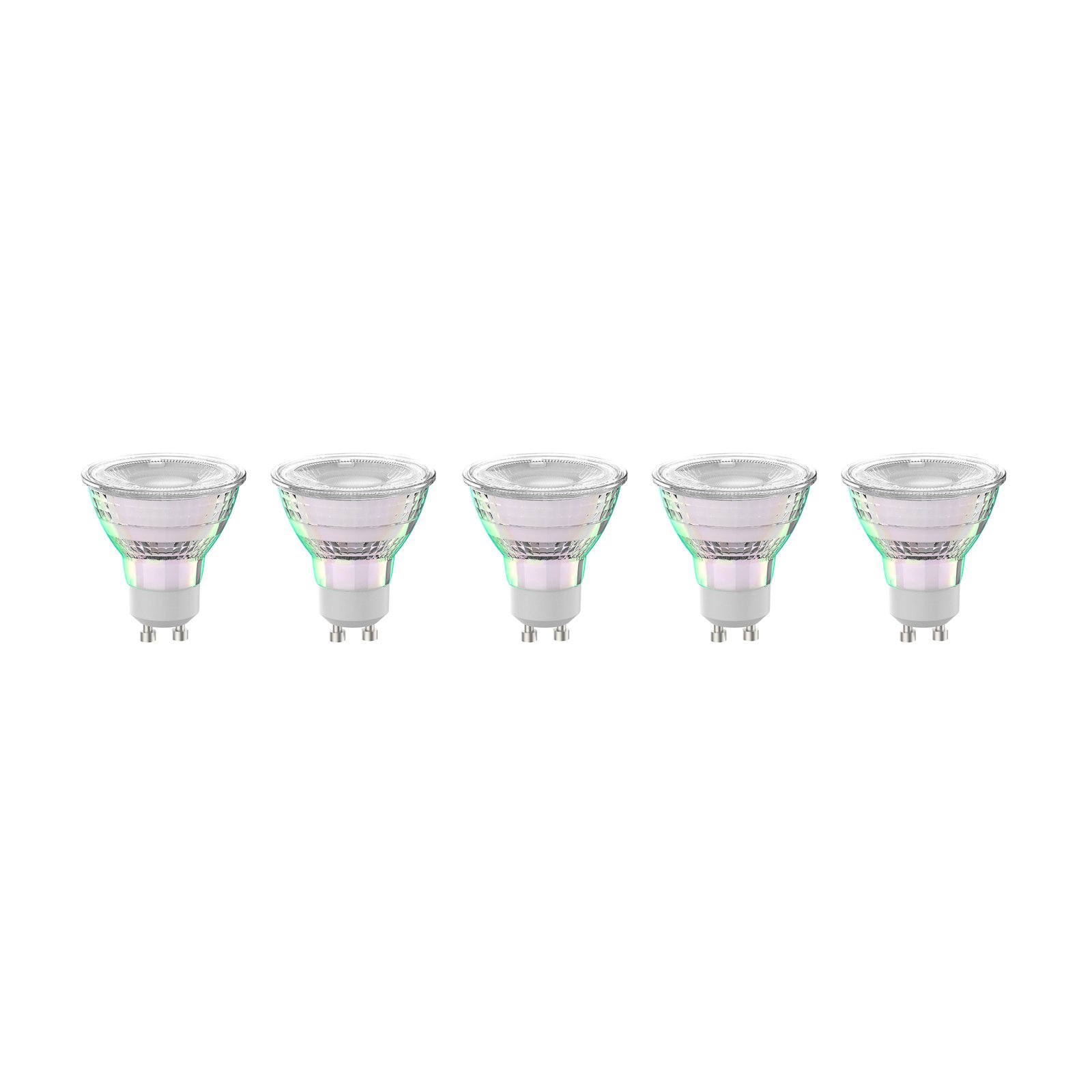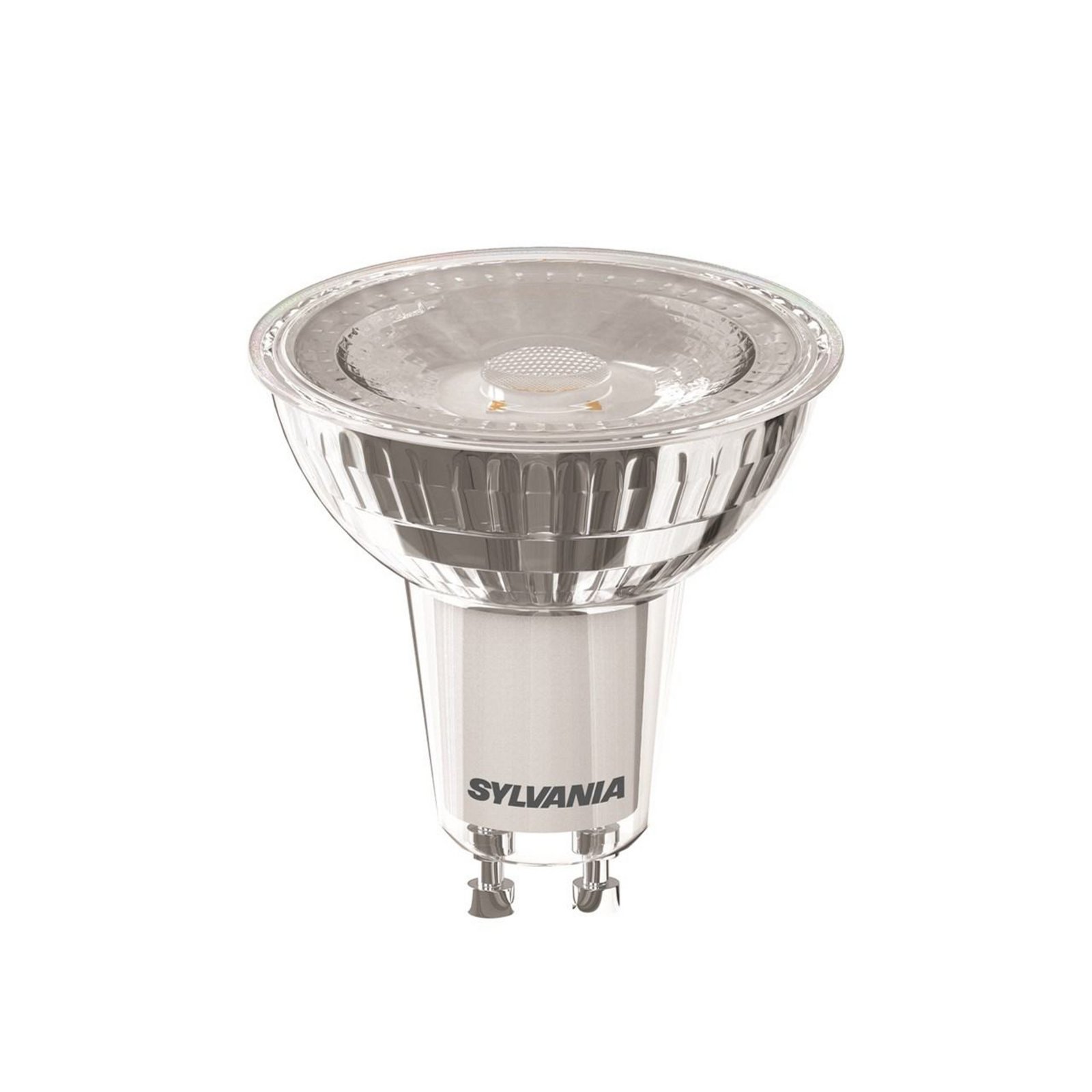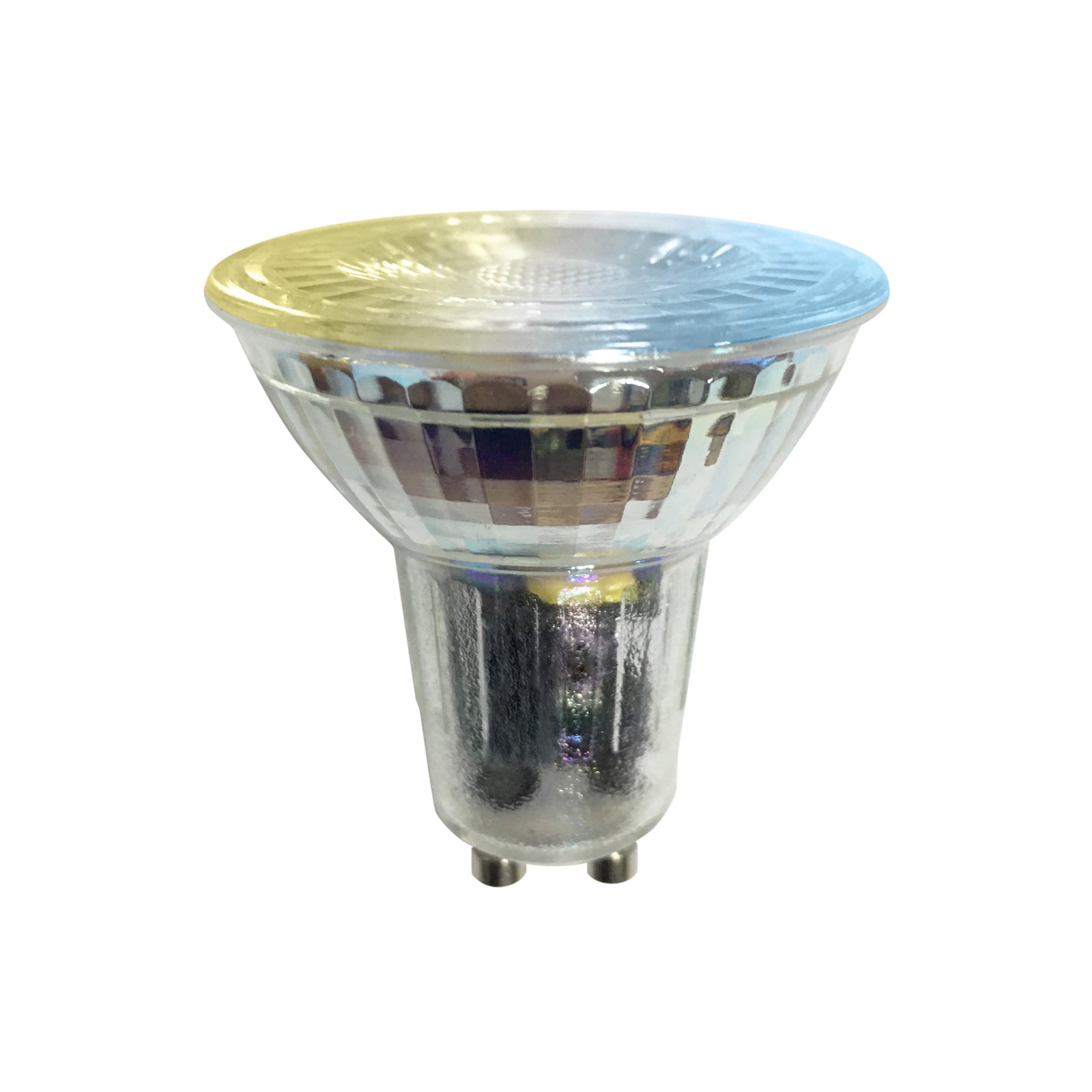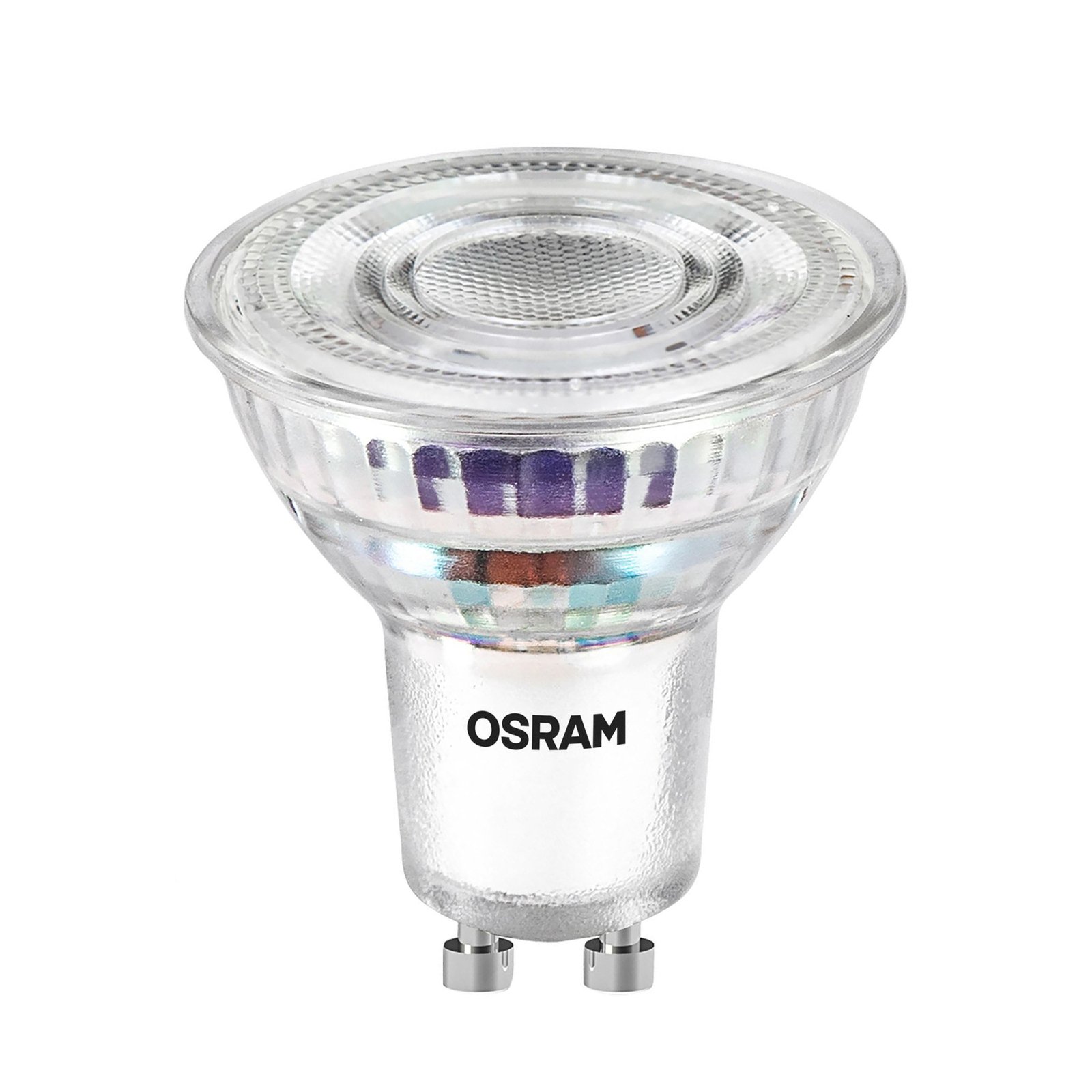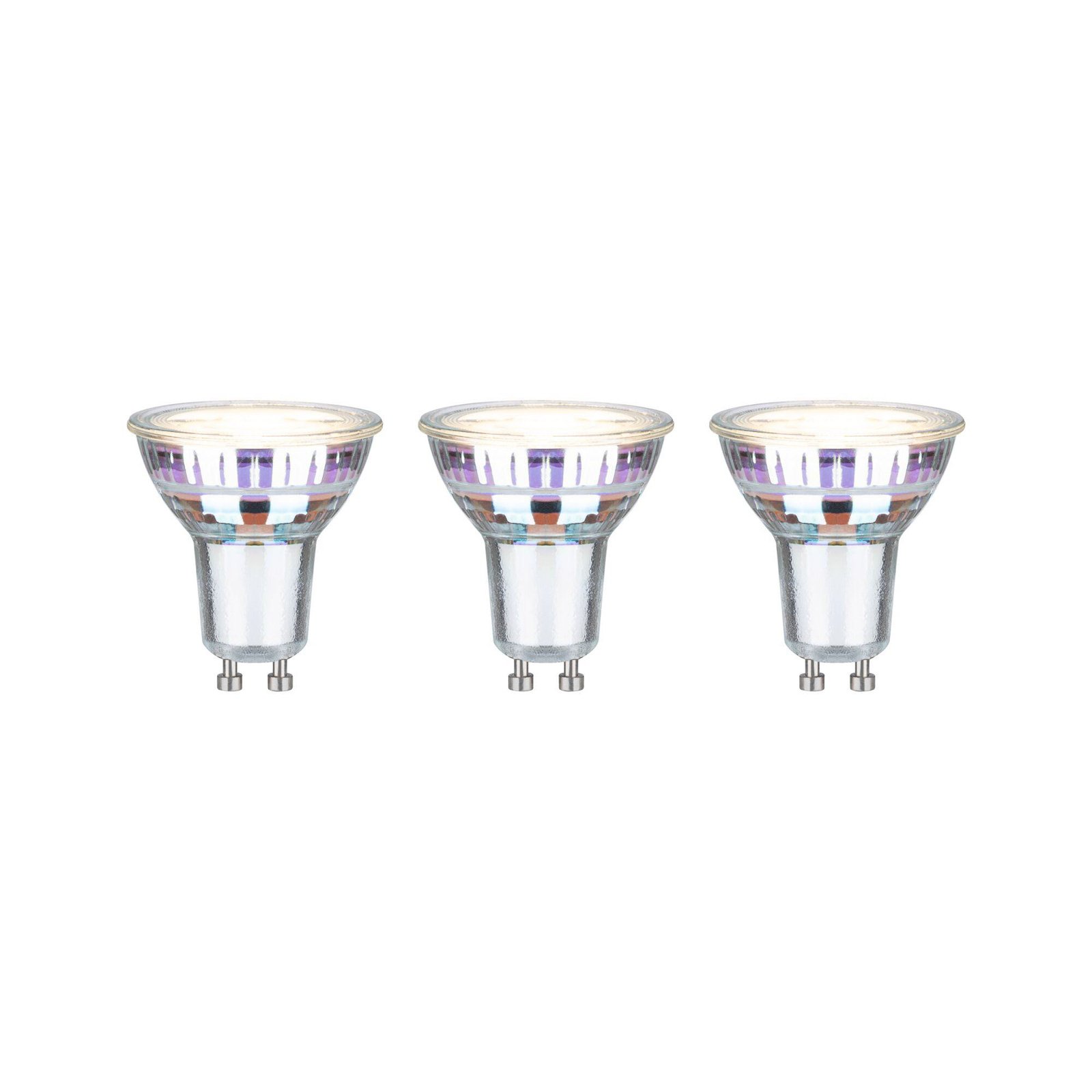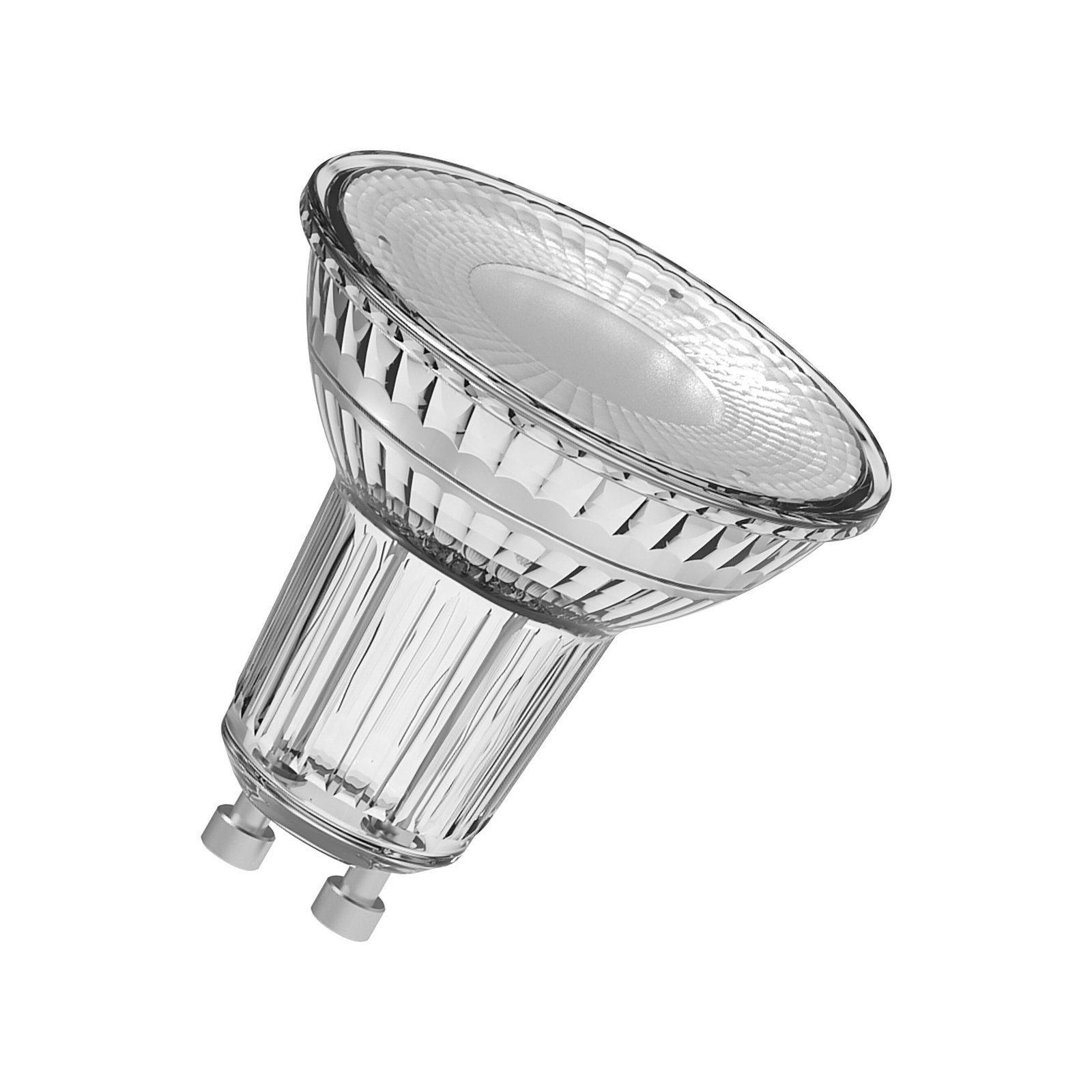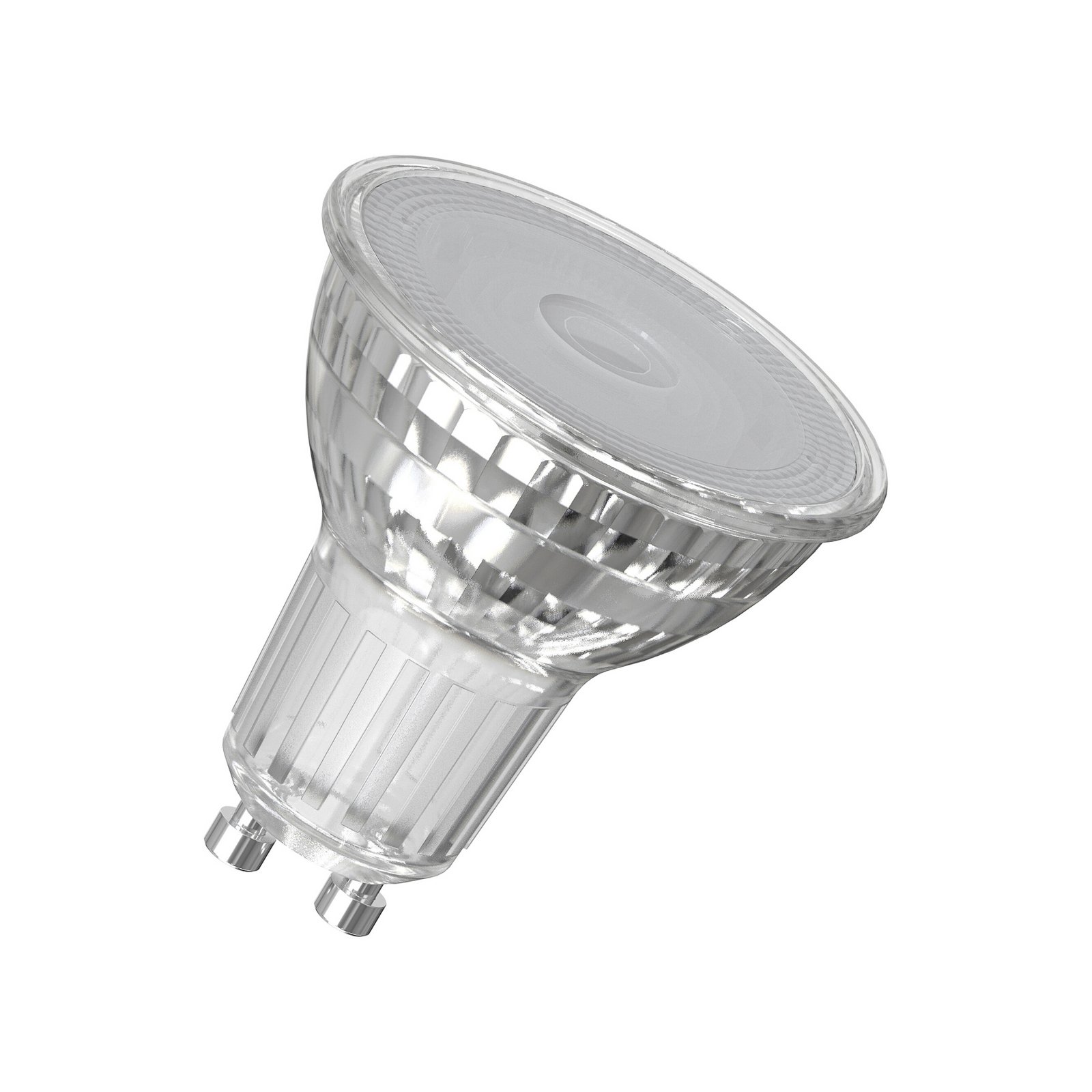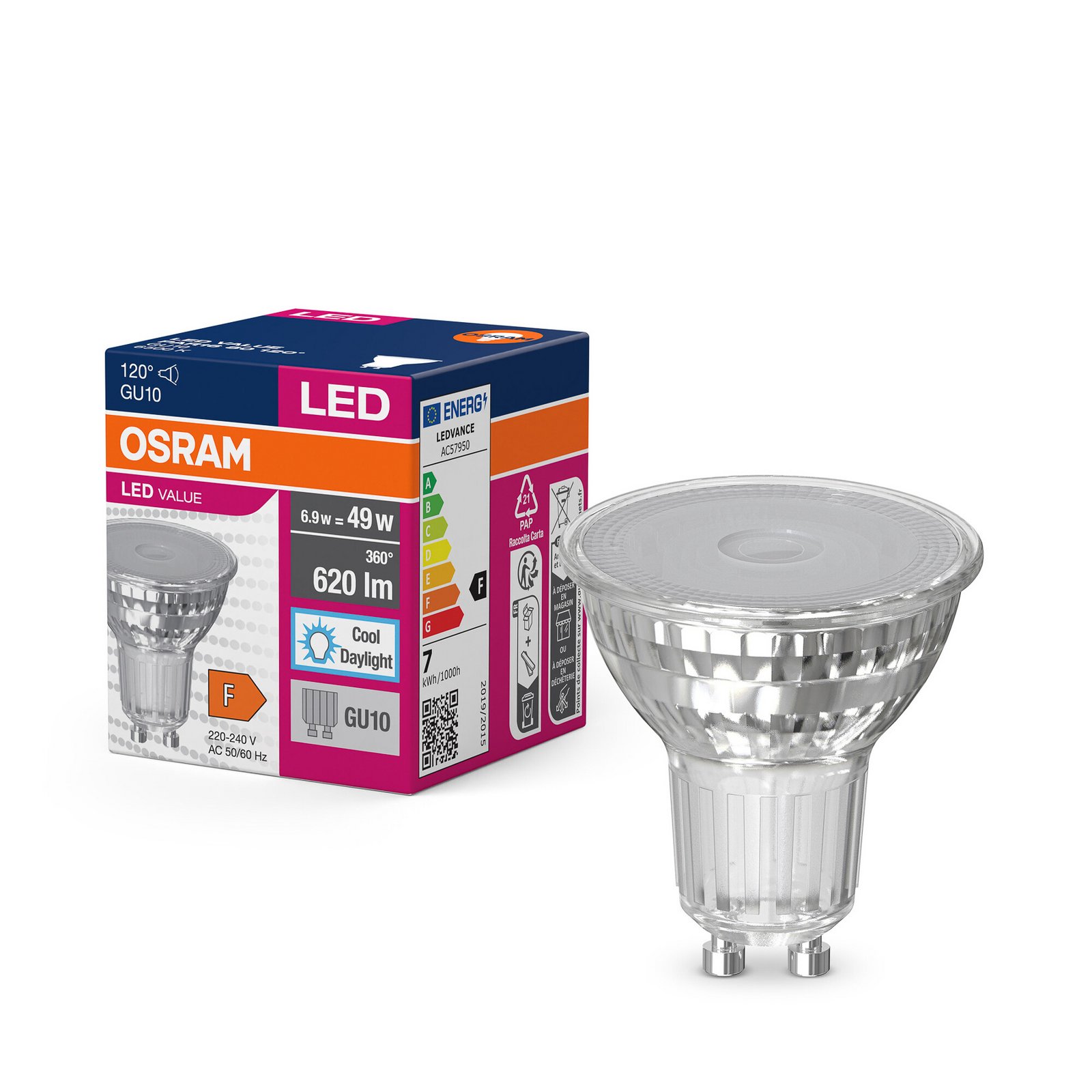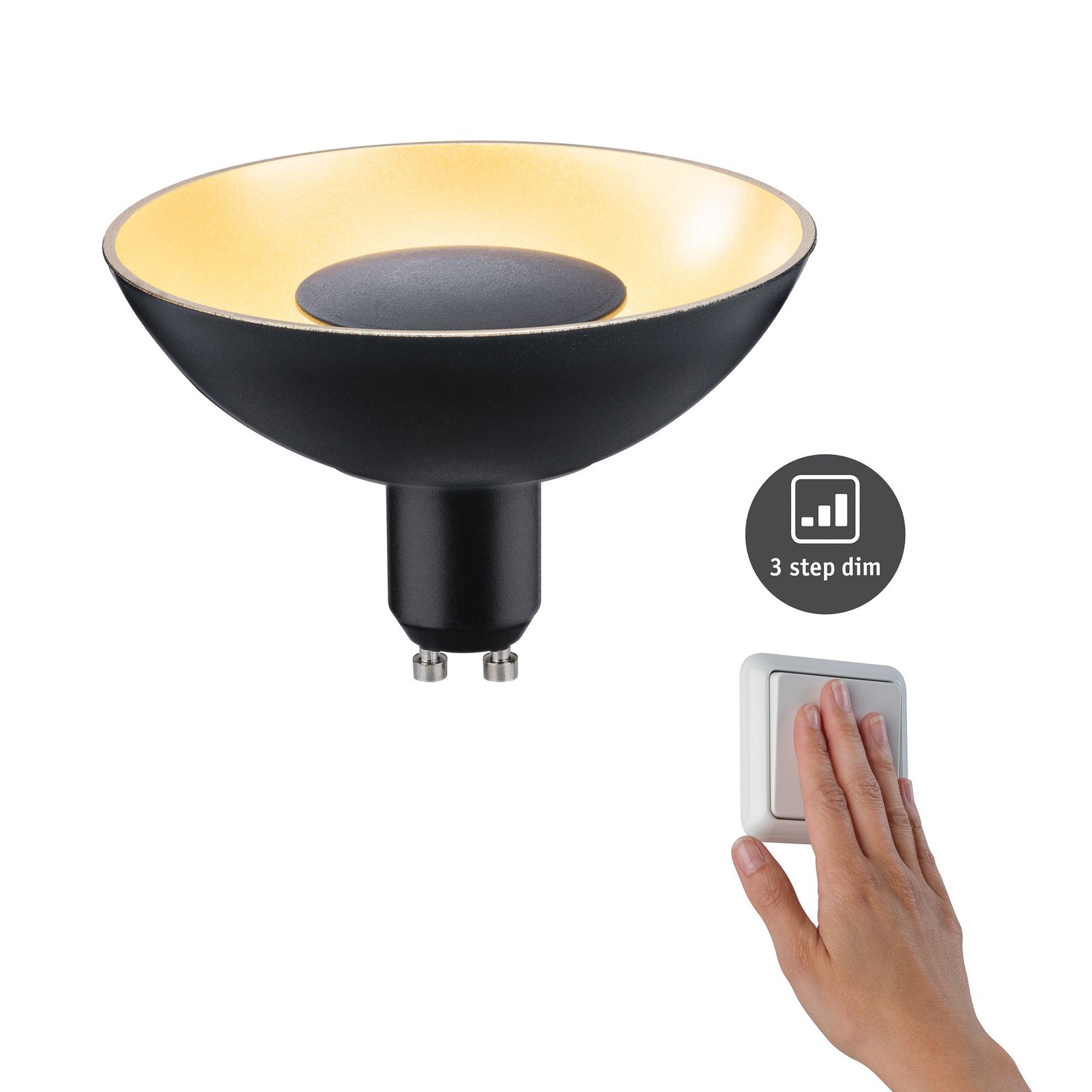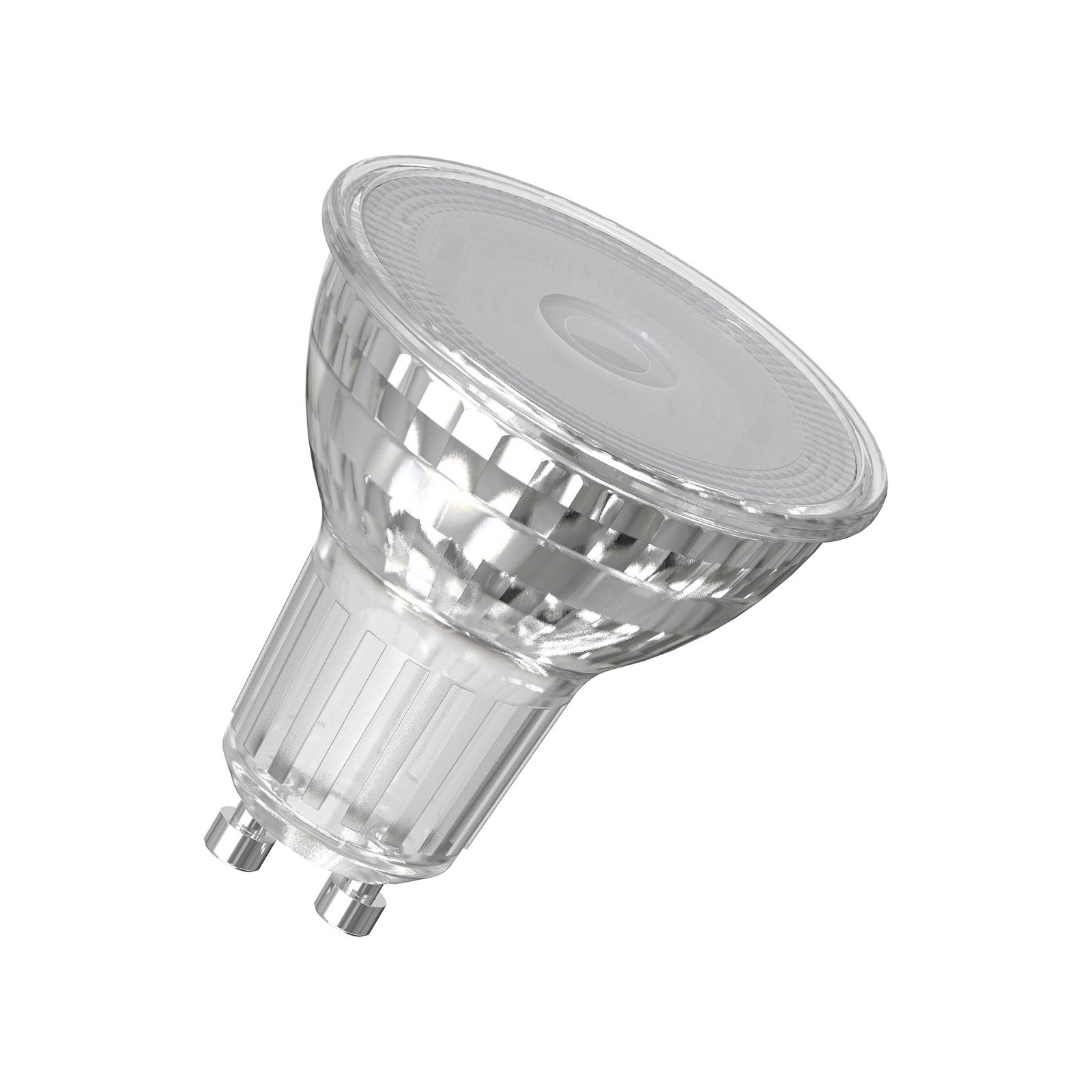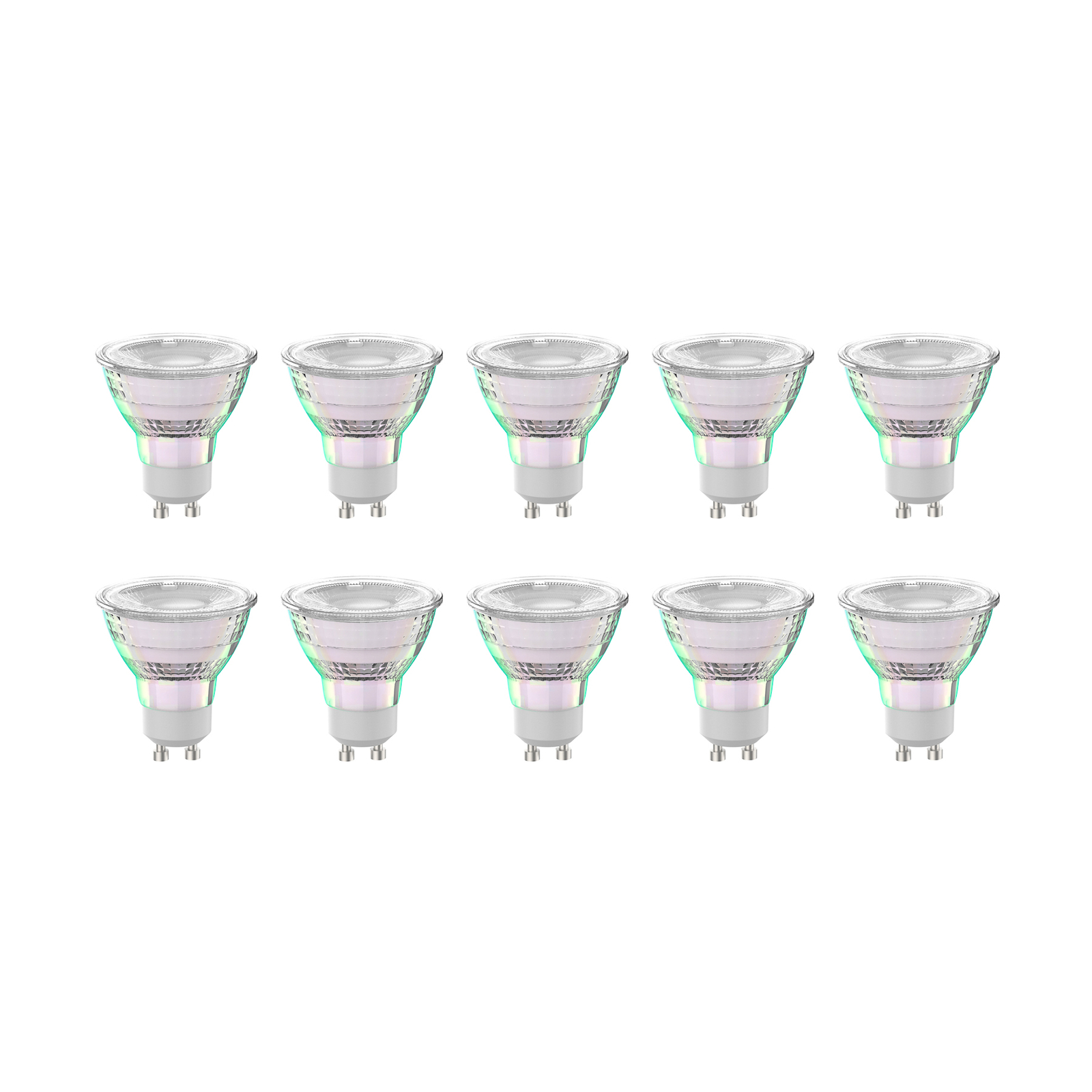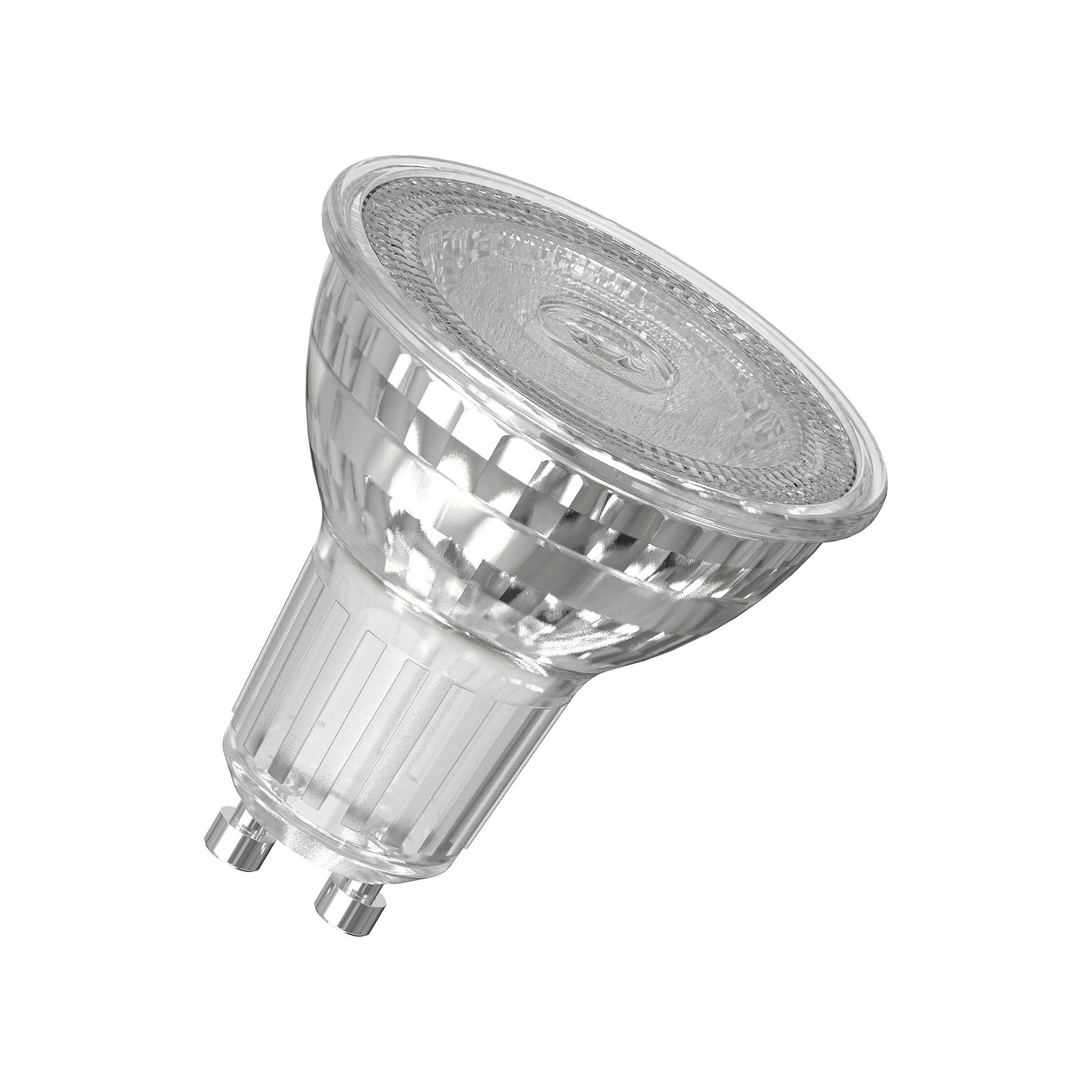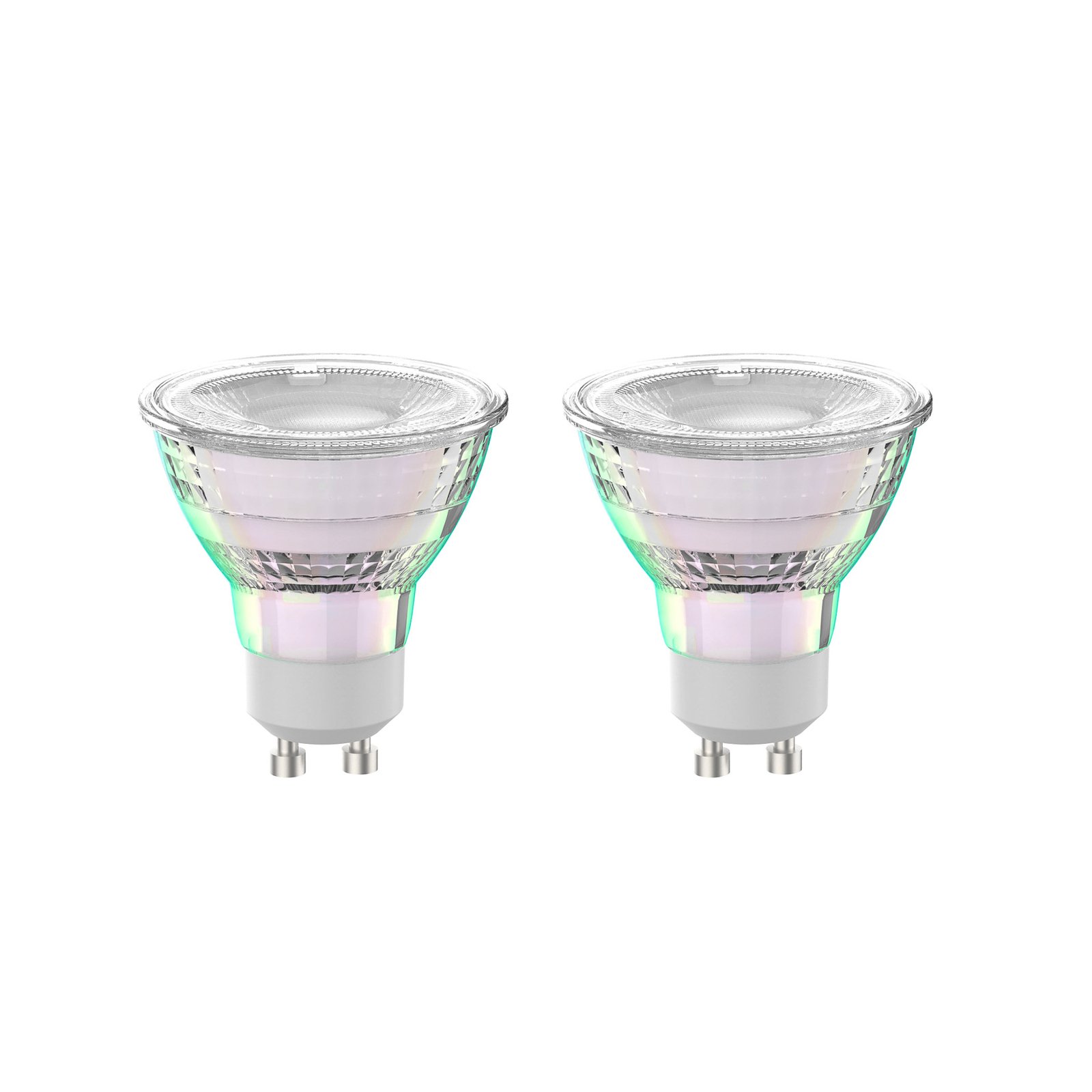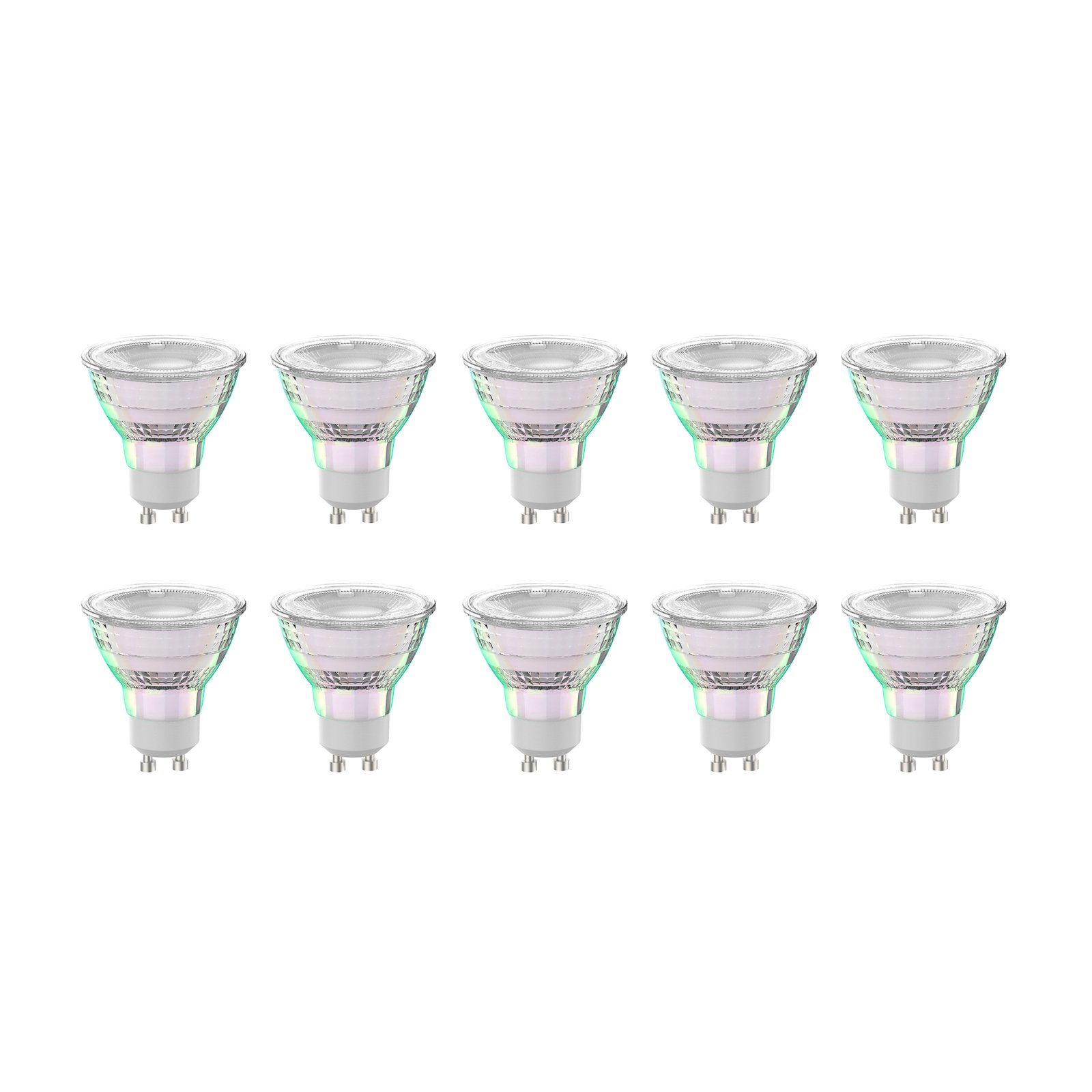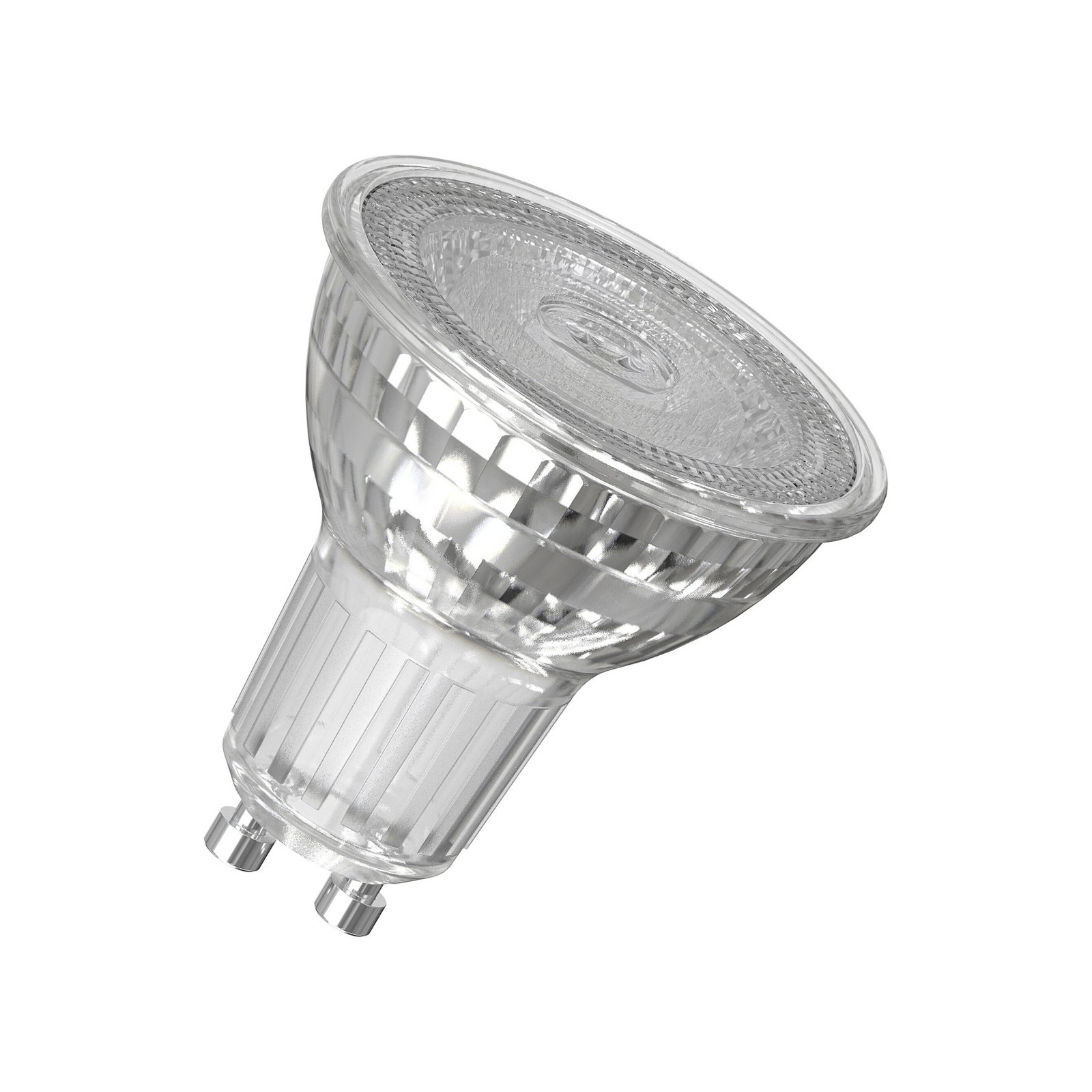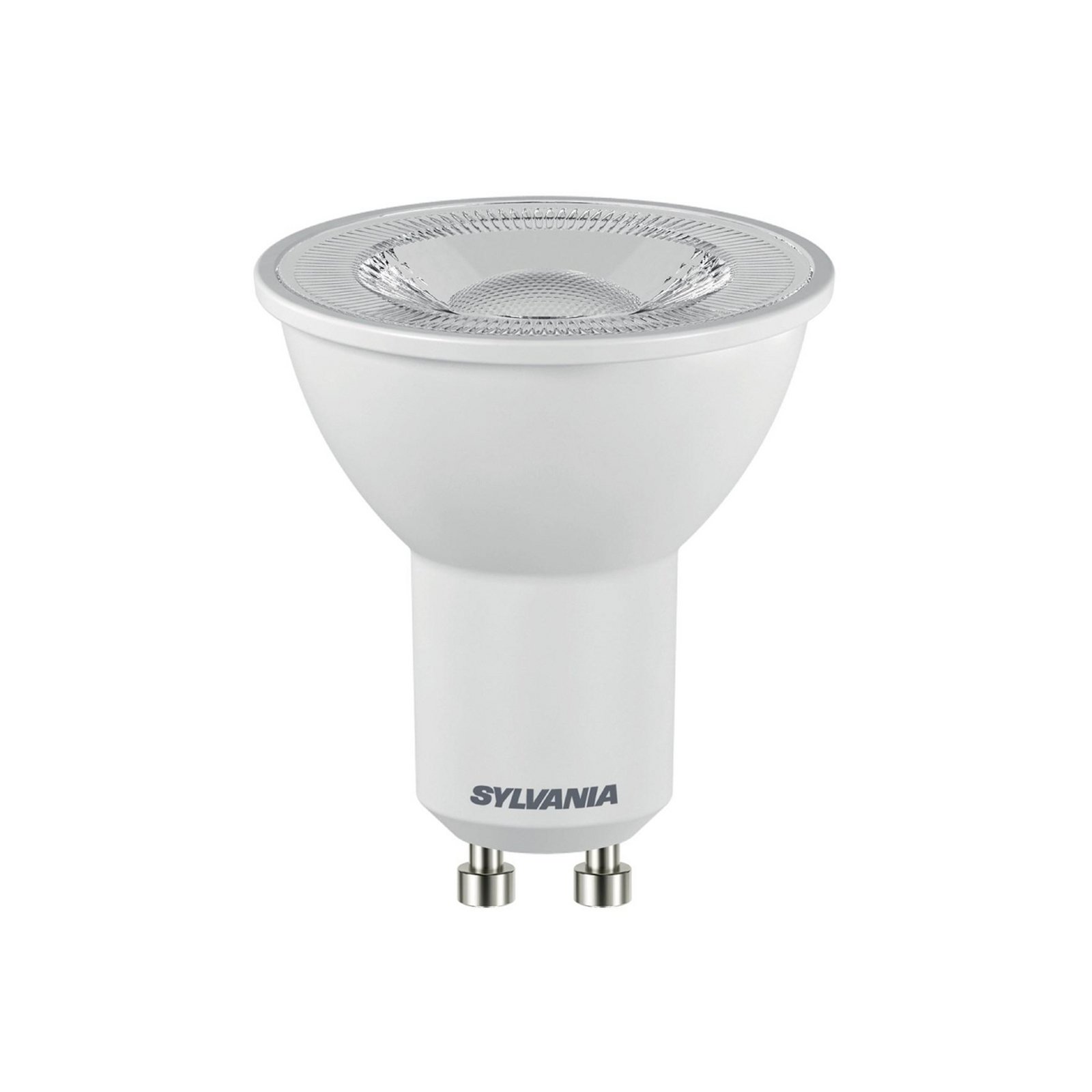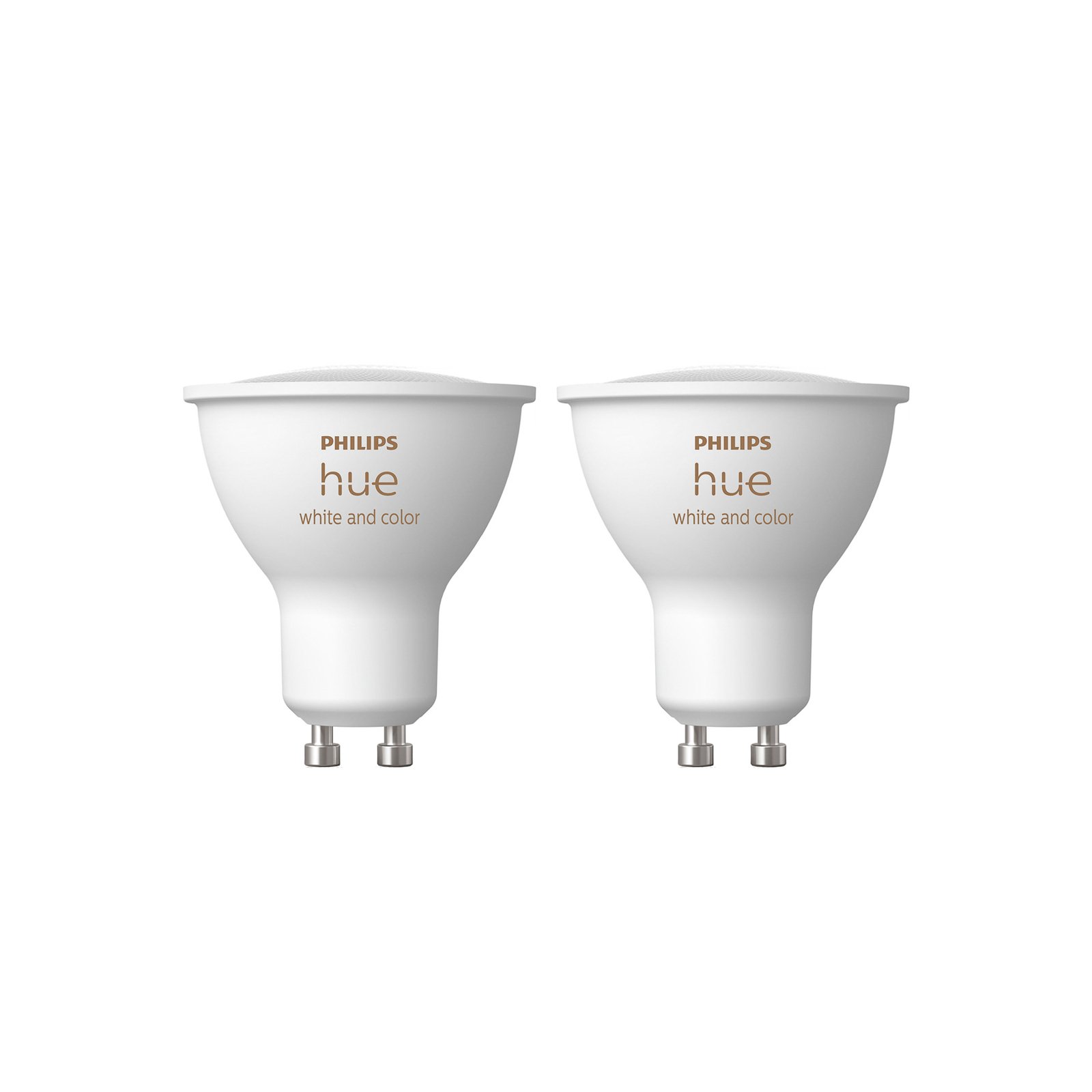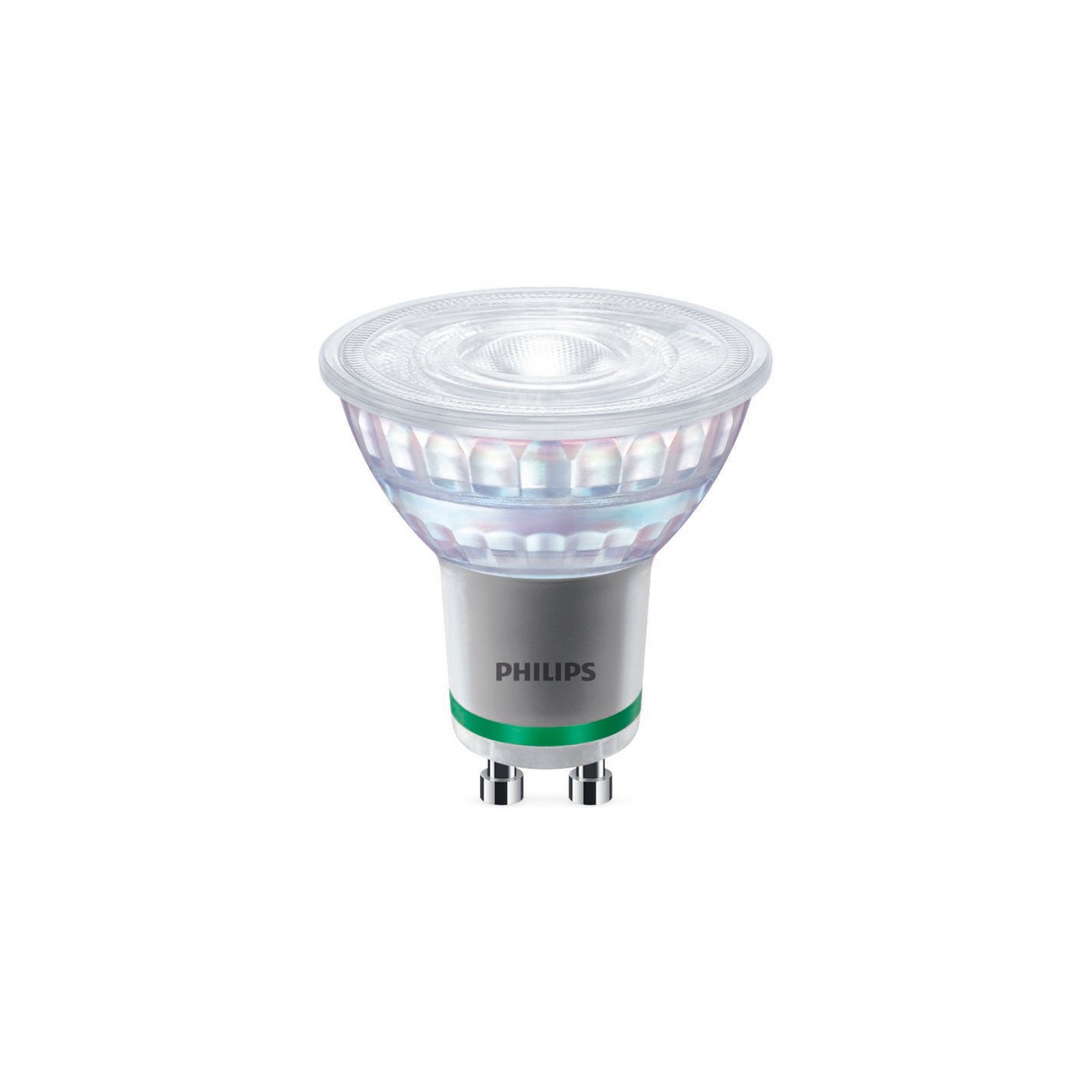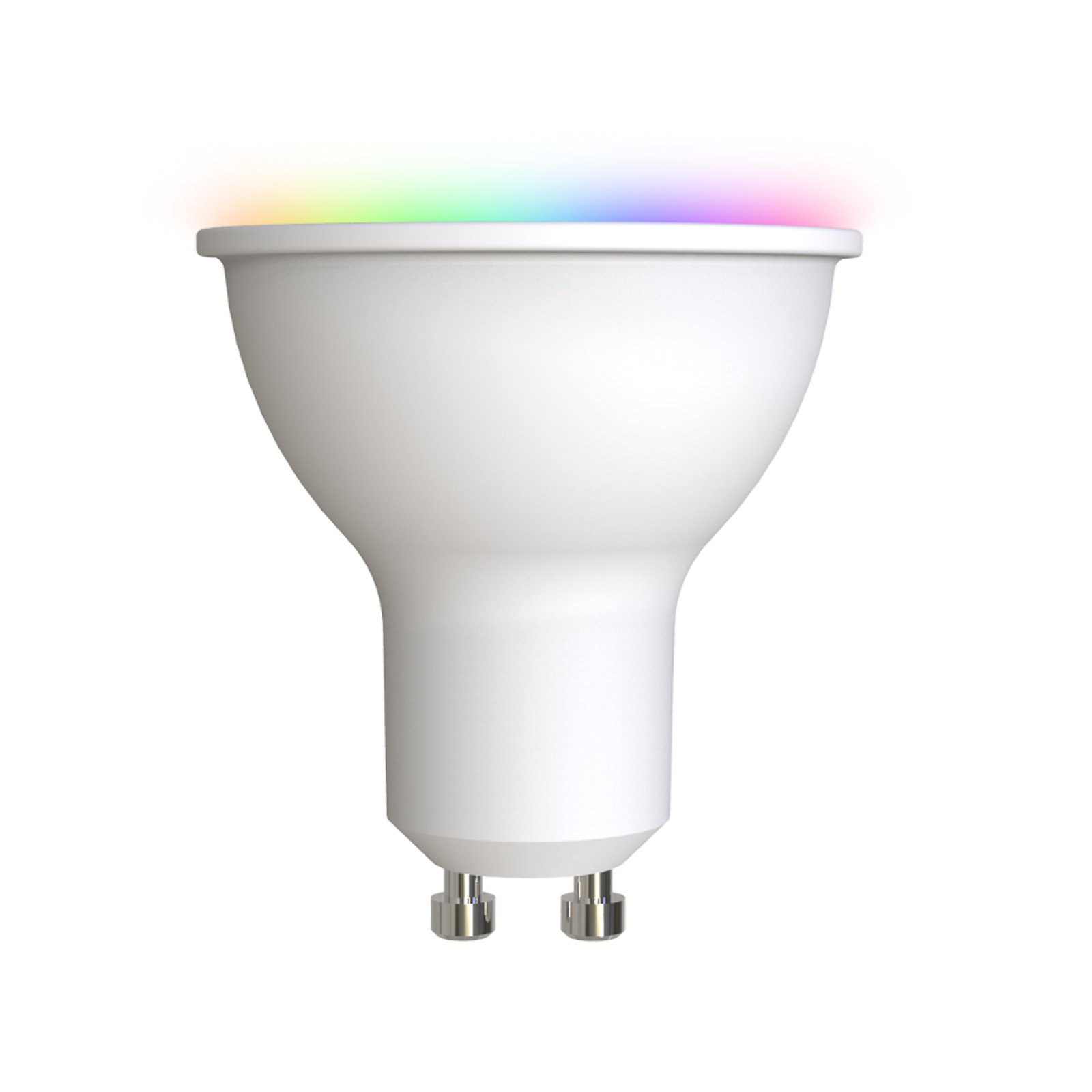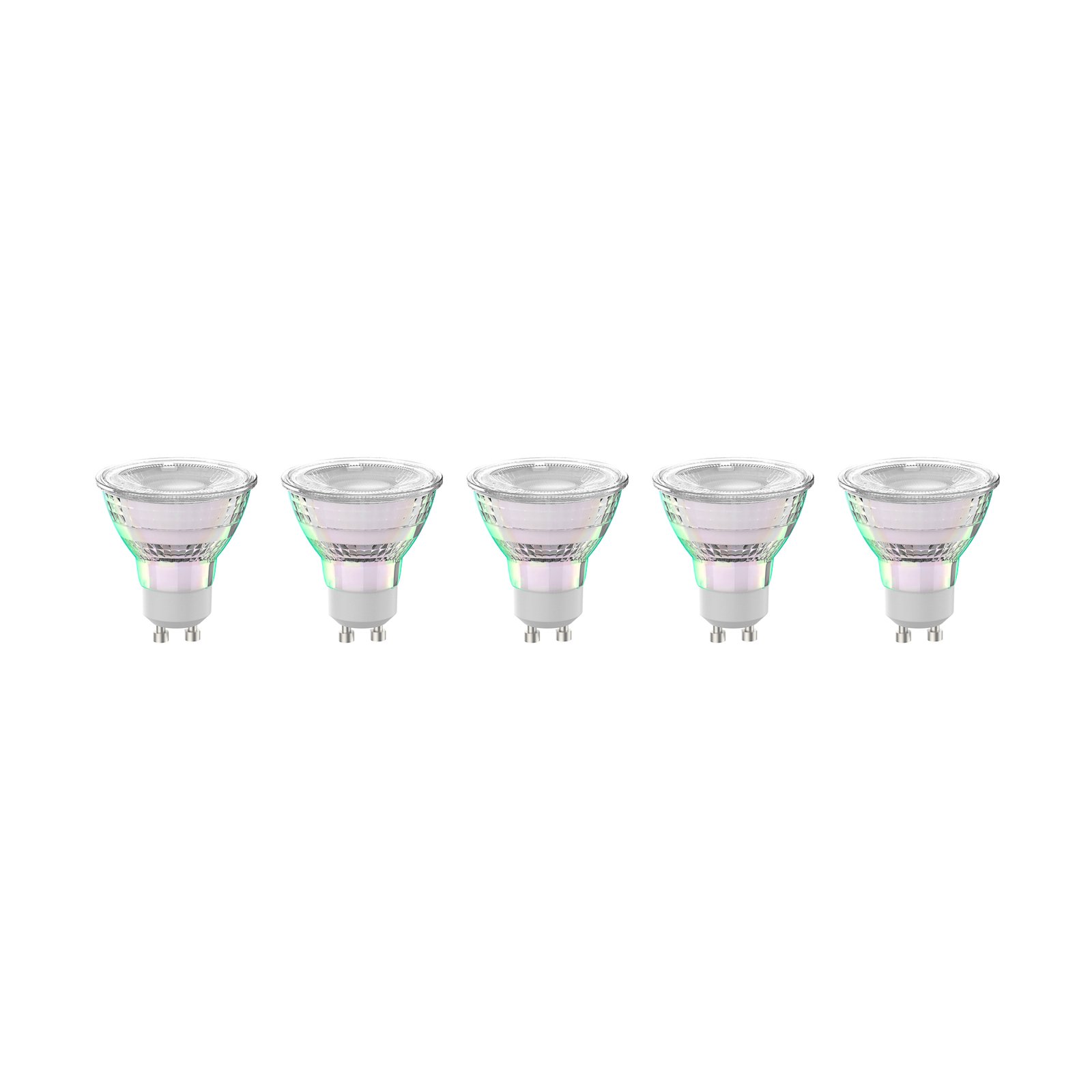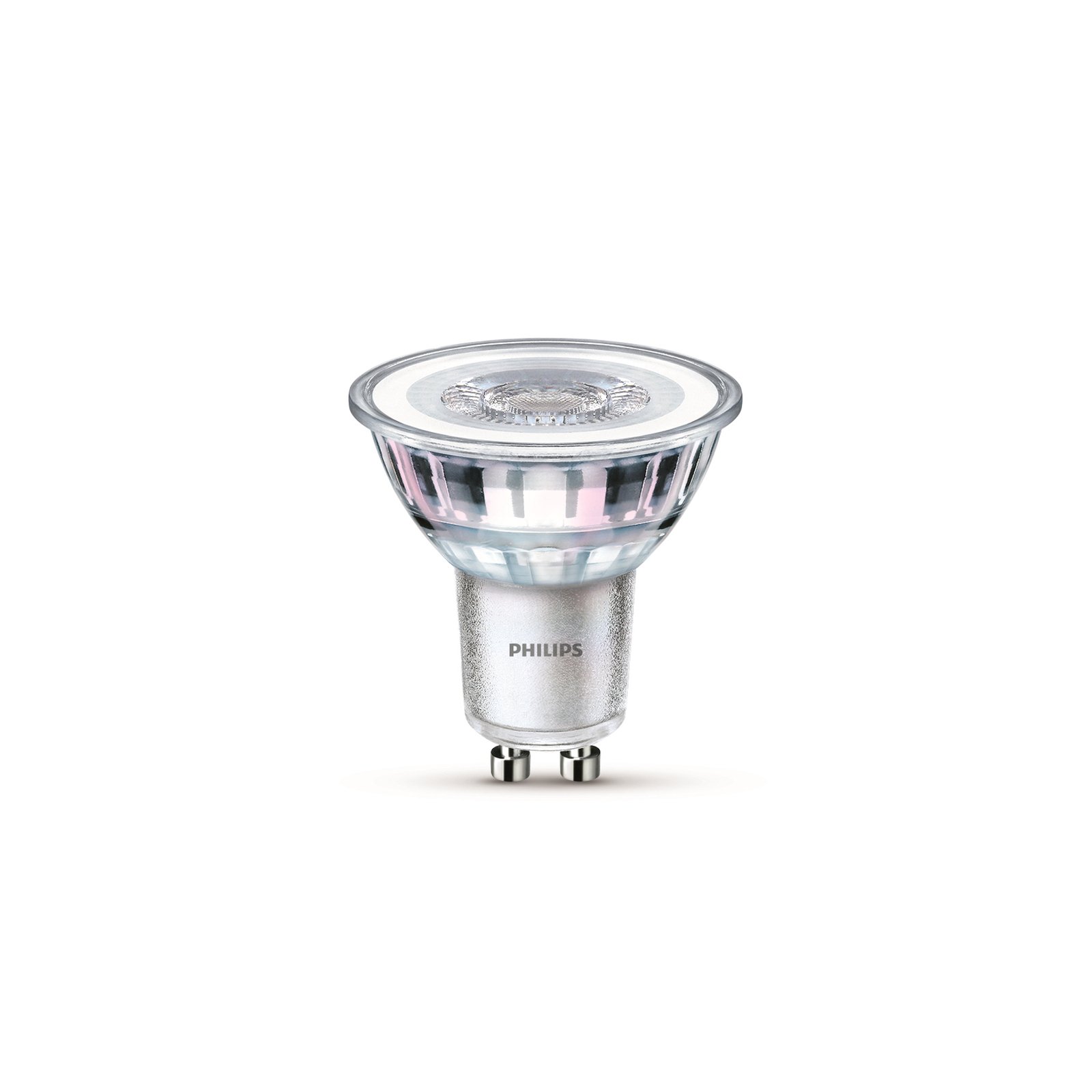- 50 days free returns
- Rated “Great” on Trustpilot
- Europe's largest selection of brands
Extra 11% off over €119 & 14% off over €179
Focus on GU10 reflectors - LED is best
What is the base? And what about the version? This is very easy to remember: The socket is the connection on the luminaire that holds the base of the light source. Actually quite simple. If it weren't for the many different bases. E27 and E14 are probably the best known. And I'm sure many people are still familiar with G9 and GU10. This practical guide tells you everything you need to know about GU10.
What exactly does GU10 mean?
GU10 is the abbreviation for the lamp base of a high-voltage reflector lamp. G indicates the plug-in base. U describes the mechanical fixation. The two small pins on the light source are always exactly 10 mm apart.
How do you change GU10?
Changing GU10 lamps is not difficult at all: first you need to de-energize them** and let them cool down**. Then simply unscrew the old bulb and screw in the new one. Done.
Are GU10 and GZ10 actually compatible?
There is a small, subtle difference. The bottom edge of the GU10 base is beveled, but not on GZ10 bases. The frame forms the counterpart. That's why it's like this: GU10 lamps also fit in GZ10 sockets, but not vice versa.
What is the beam angle of GU10 lamps?
GU10 light sources are available with different beam angles. With GU10, these vary from medium to wide beam. Do you need exact details? This can be found on the packaging or in the technical data.
Are there also dimmable GU10 LEDs?
Do you like it cozy? Then you should definitely be able to dim the light. But be careful: Only dim where it says dimmable, for example with GU10 lamps from Philips Hue. On the one hand, this is on the packaging. On the other hand, our product details will also provide you with information before you buy.
:format(jpeg))
:format(jpeg))
Which dimmer is suitable for GU10 LEDs?
Quite simply: first of all, the light source must be labeled as dimmable. But then not just any dimmer is suitable. You will find exact information on which dimmer is the right one on the packaging or in the technical data. Dimmable with leading edge phase control or trailing edge phase control is very common.
How warm do GU10 LED lamps get?
Don't worry, LED light bulbs generally don't get as hot as old incandescent bulbs. Of course, they also give off some heat. They should therefore not sit directly in the insulation. This is because the air must be able to circulate for cooling.
What is the usual voltage for GU10 lamps?
That's stuff for professionals. But please, if you want to go into detail: The usual rated voltage is 230 volts. Our specialist consultants can answer any questions you may have. Simply send us a message using the contact form linked below.
What does GU10+C mean?
Halogen is out. And LED is in. Therefore, this question is actually superfluous. Because this is not relevant for LEDs Are you still curious? It is like this: For GU10 halogen lamps, +C has described an additional protection (cover). This should improve color, light emissions or temperature.
Do I have to connect GU10 lamps in series or in parallel?
As a general rule, you should not try your hand at being an amateur electrician. You are always better off with a specialist. But you still want to know exactly? No problem: GU10 lamps should be switched parallel.
The strike-through prices correspond to the manufacturer's RRP.
Included in the price of LED lights/bulbs is a contribution to recycling costs of €0.05. Included in the price of CFLs/fluorescent bulbs is a contribution to recycling costs of €0.15.
All prices include 23% VAT, delivery costs excluded.

















































